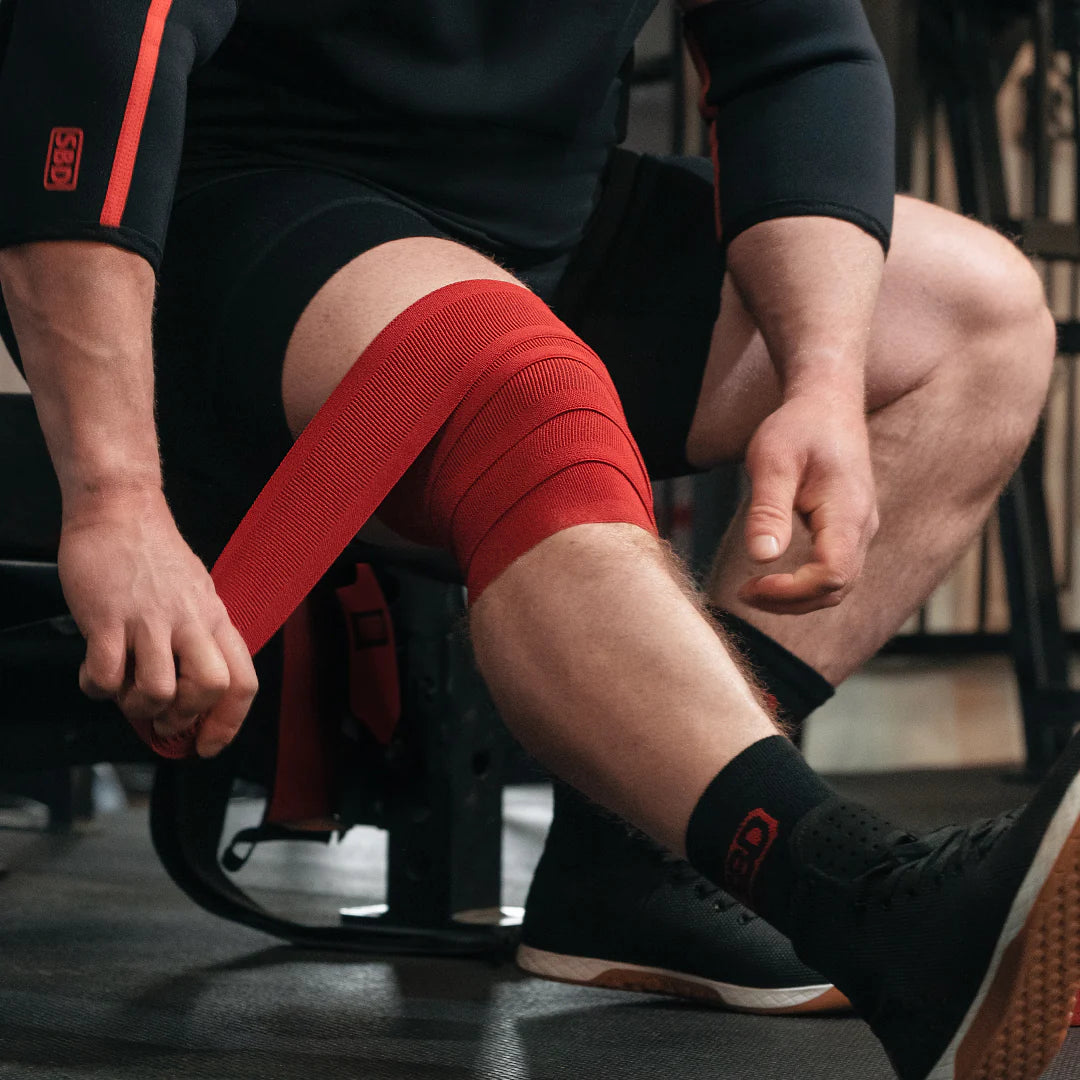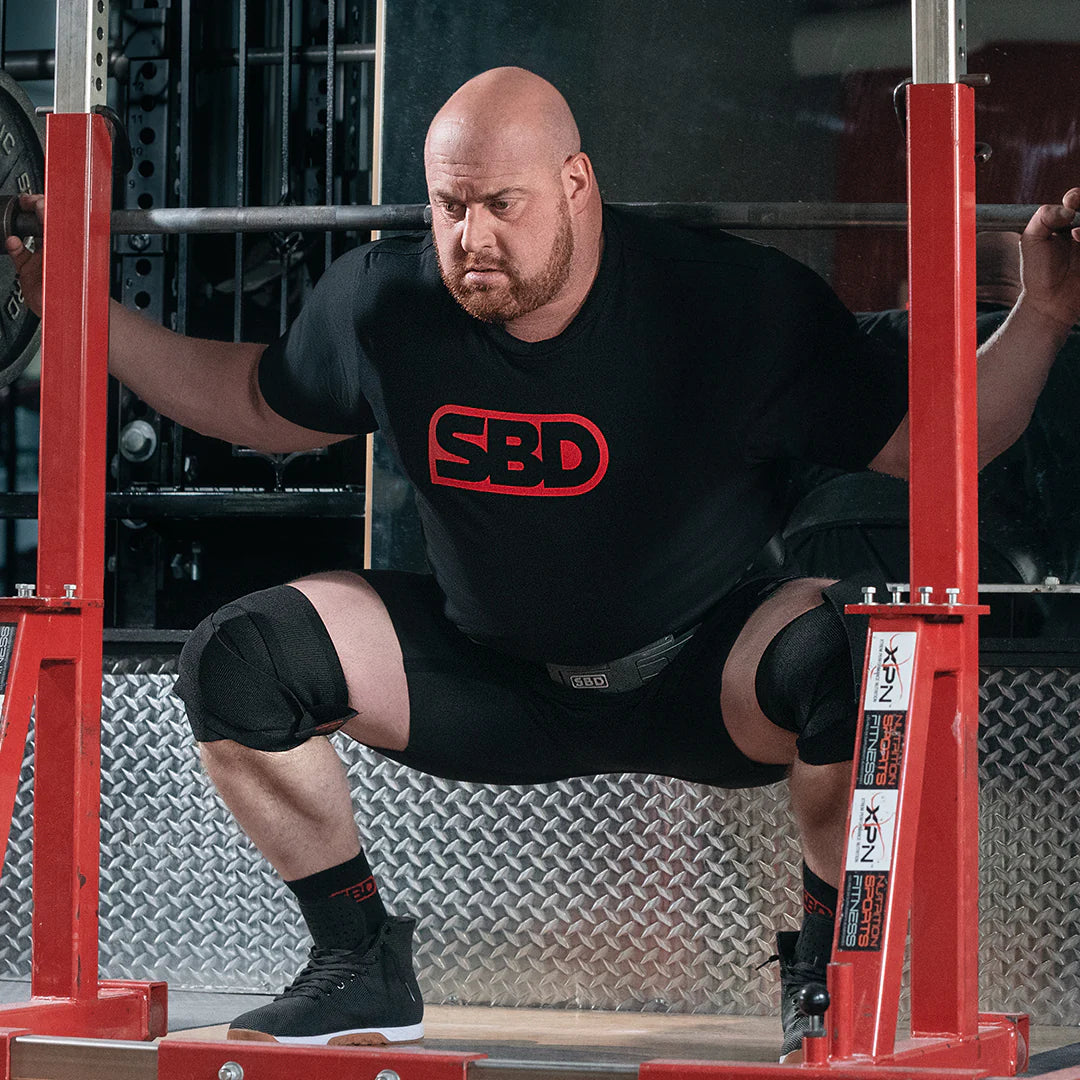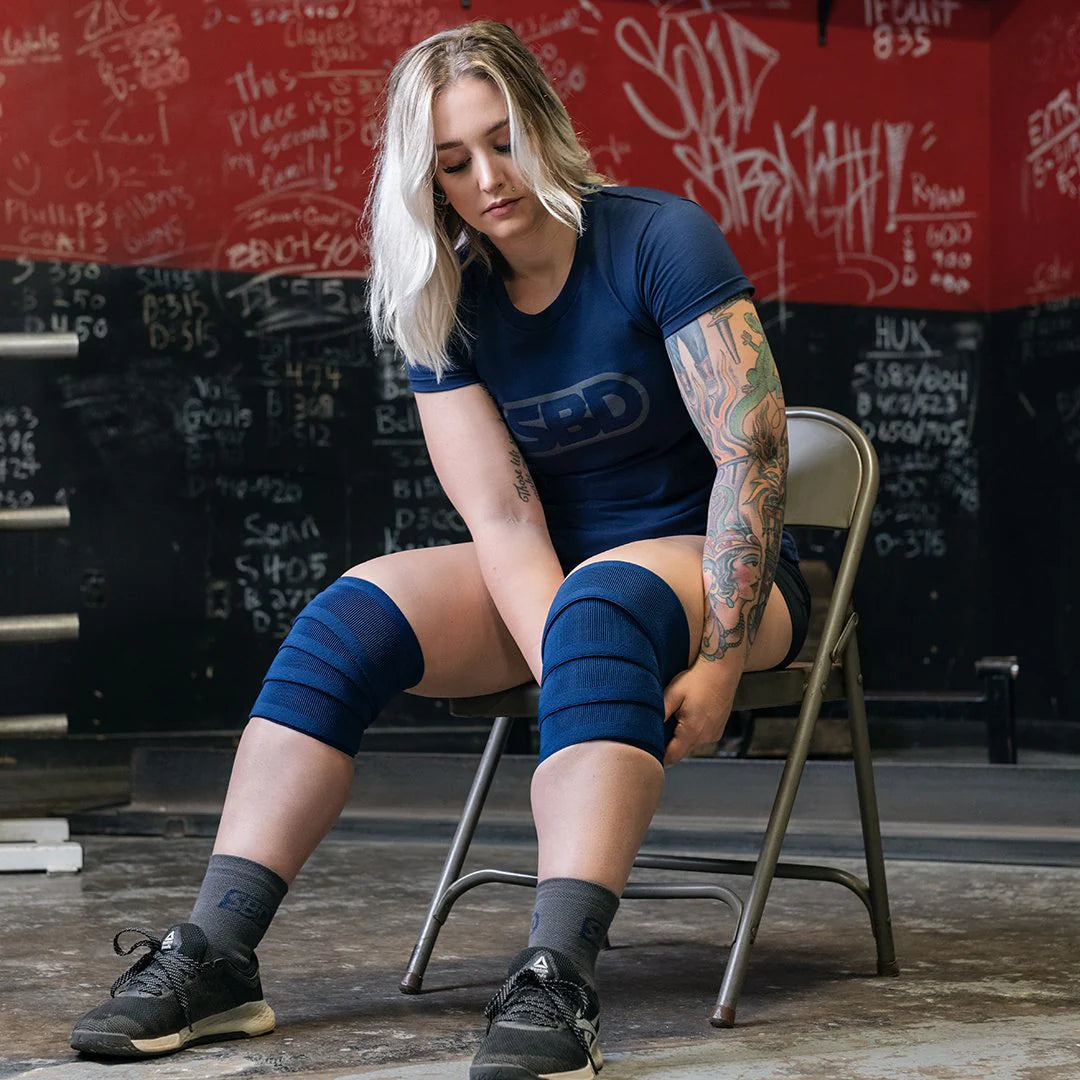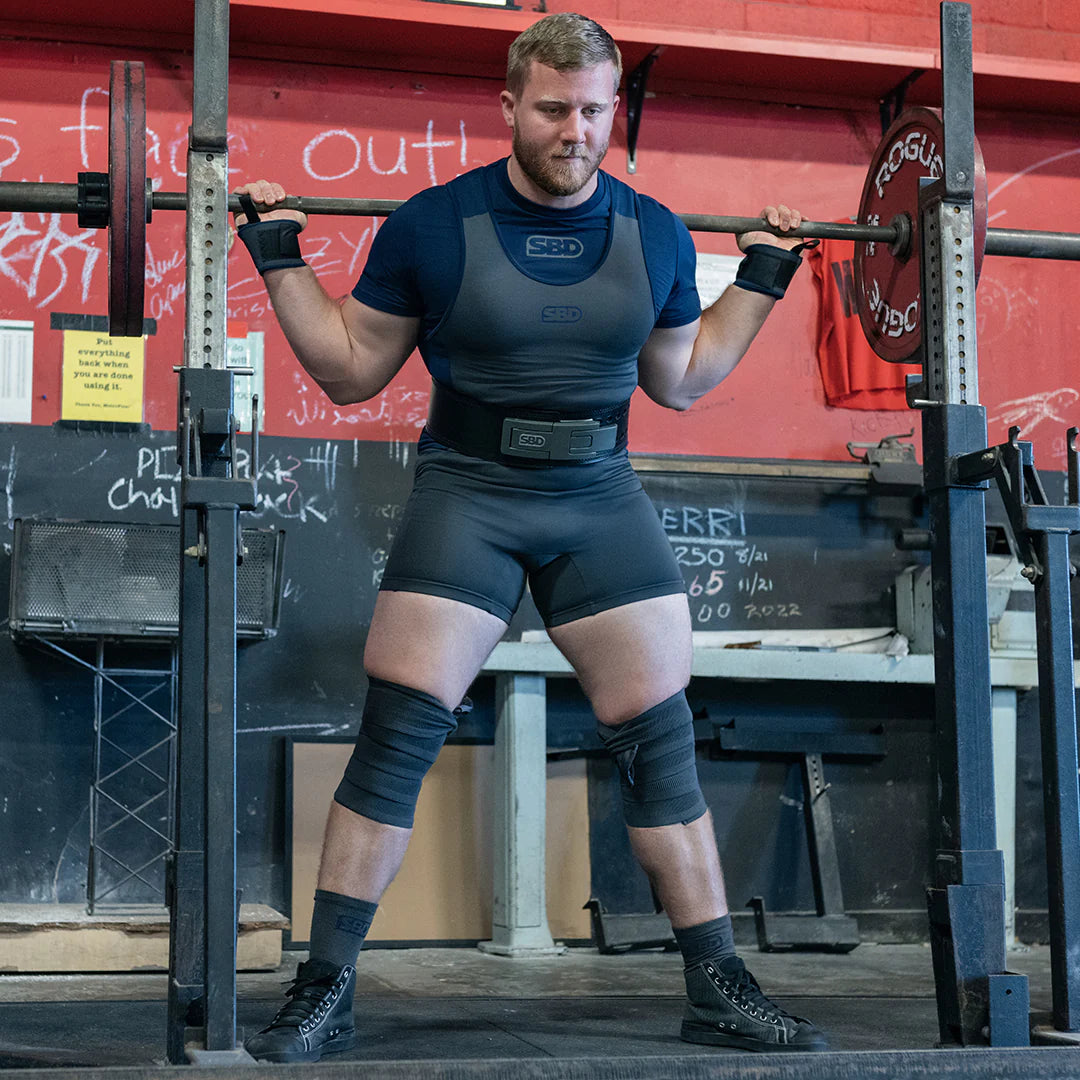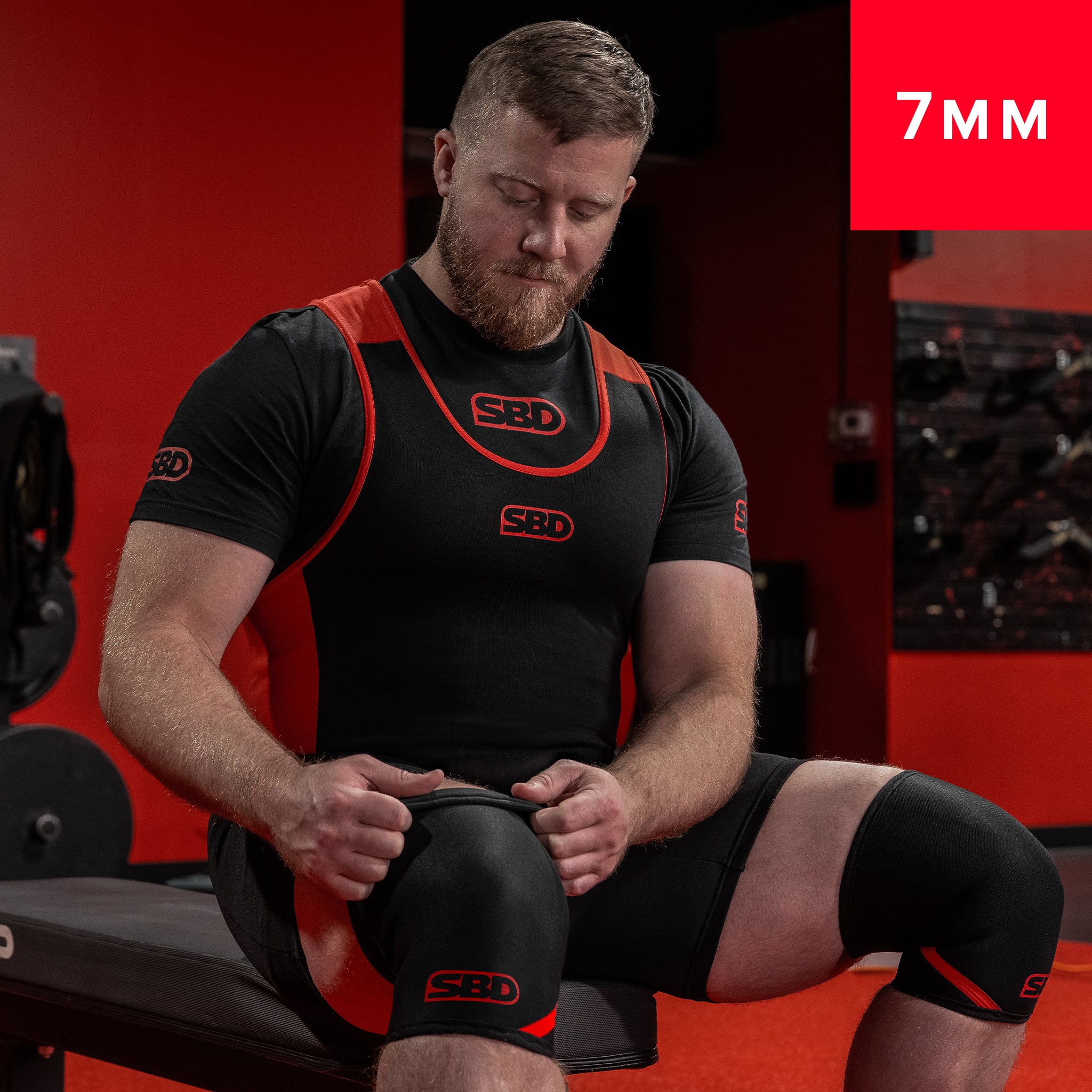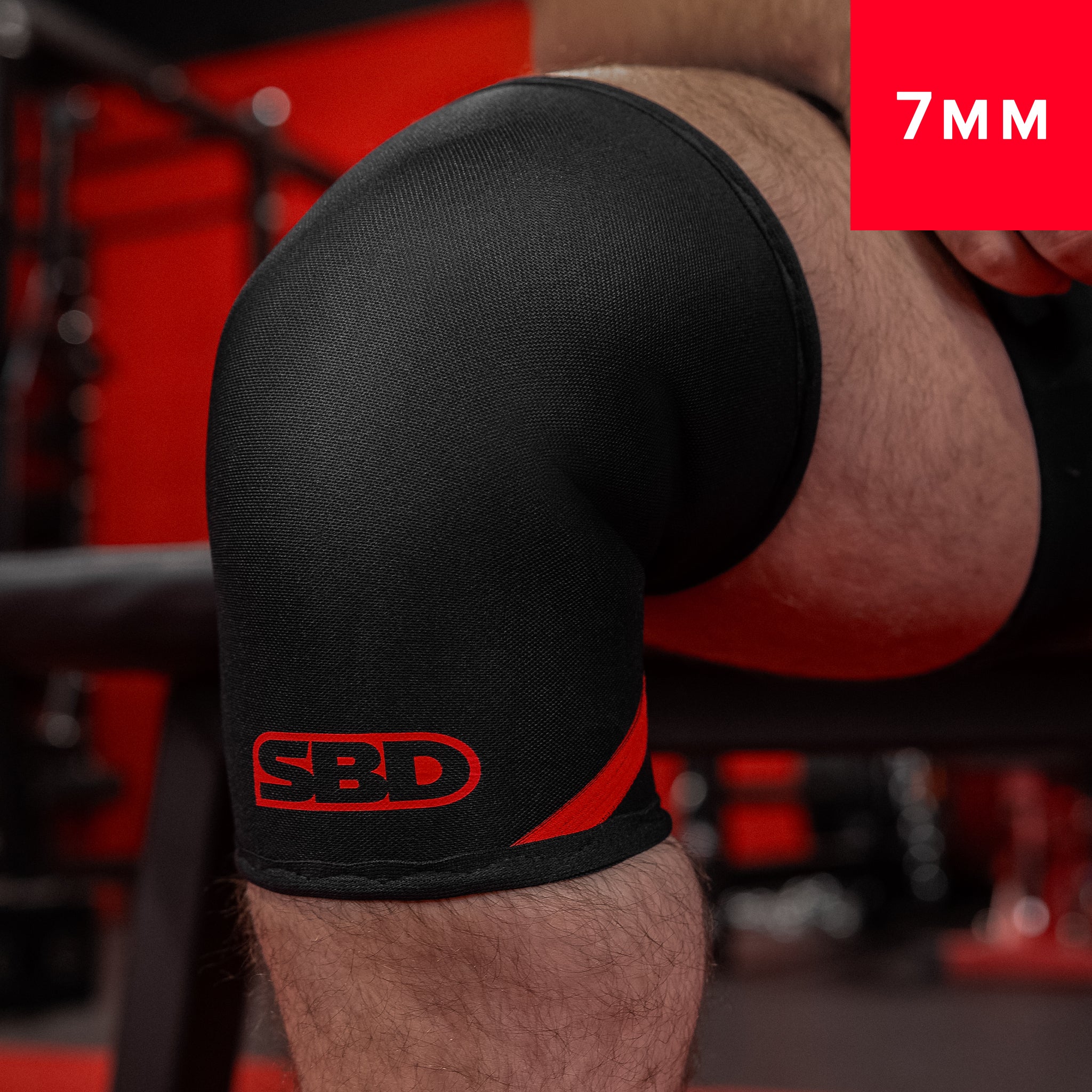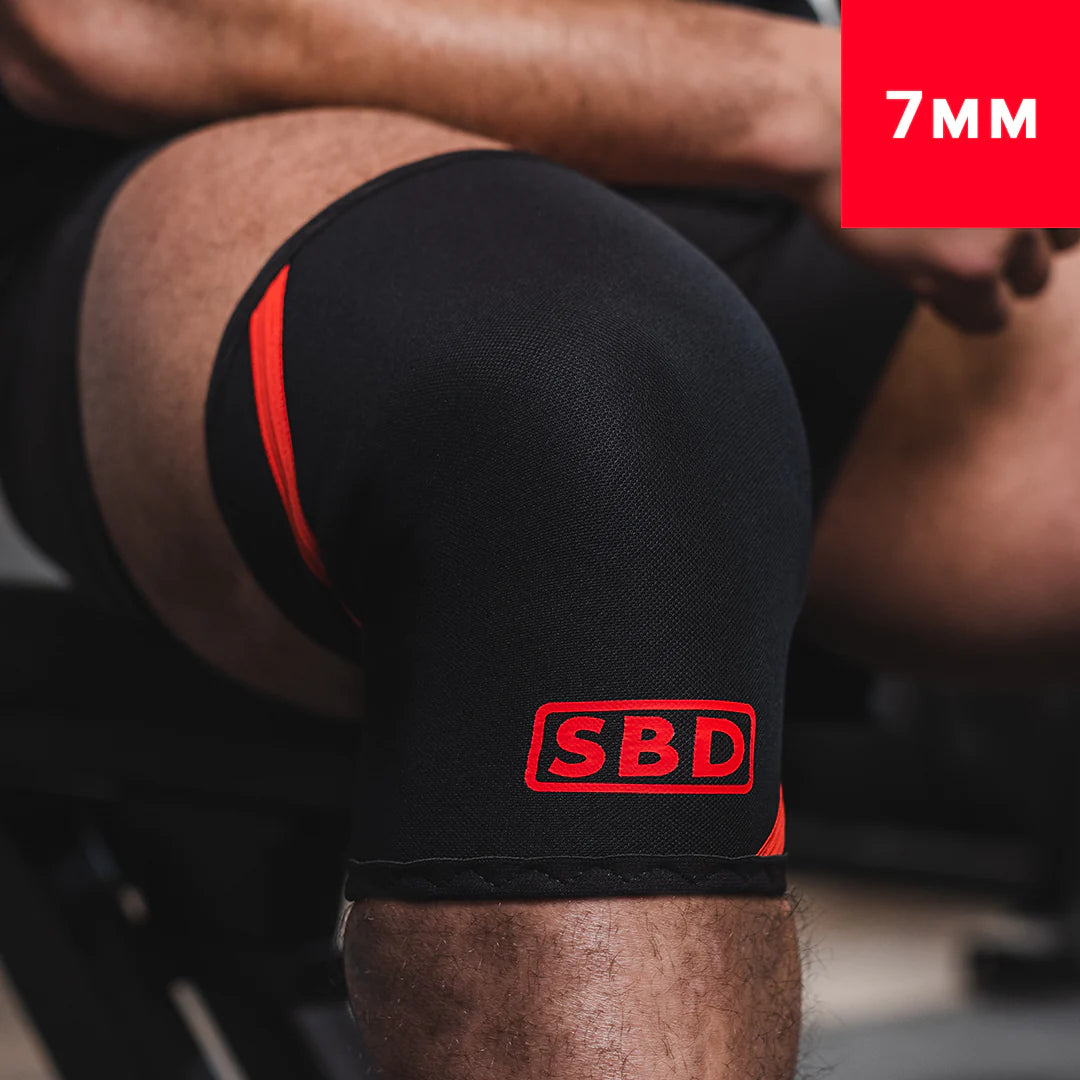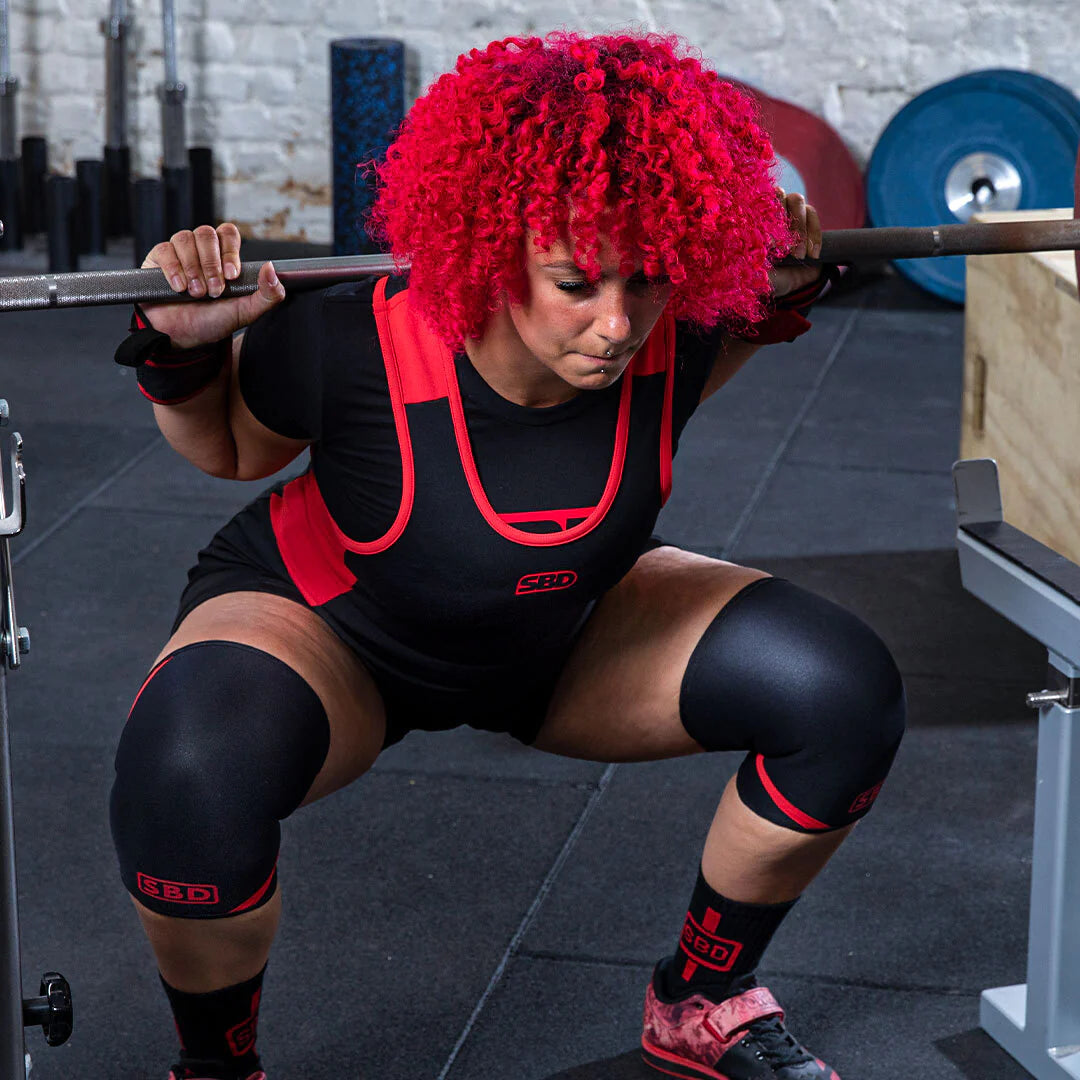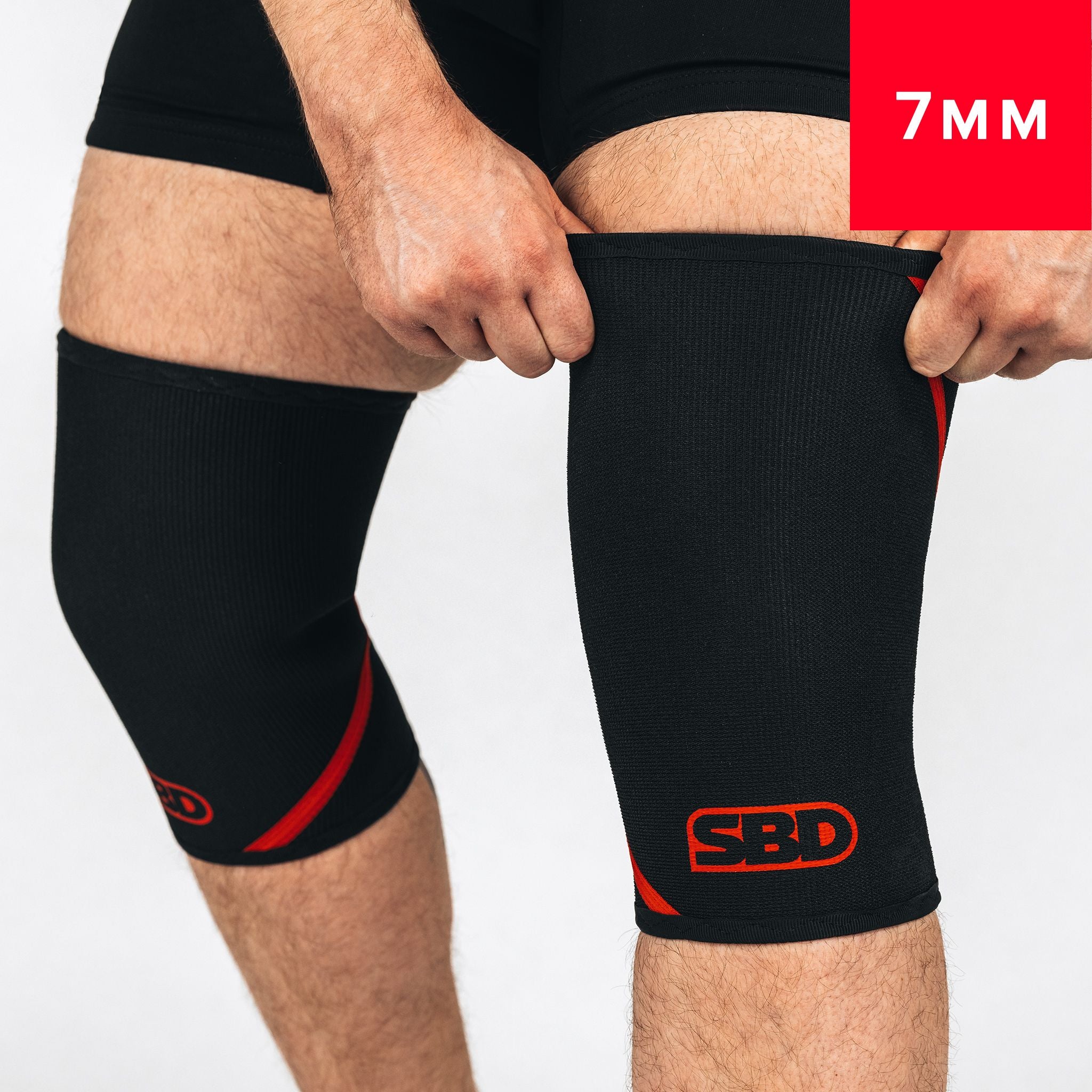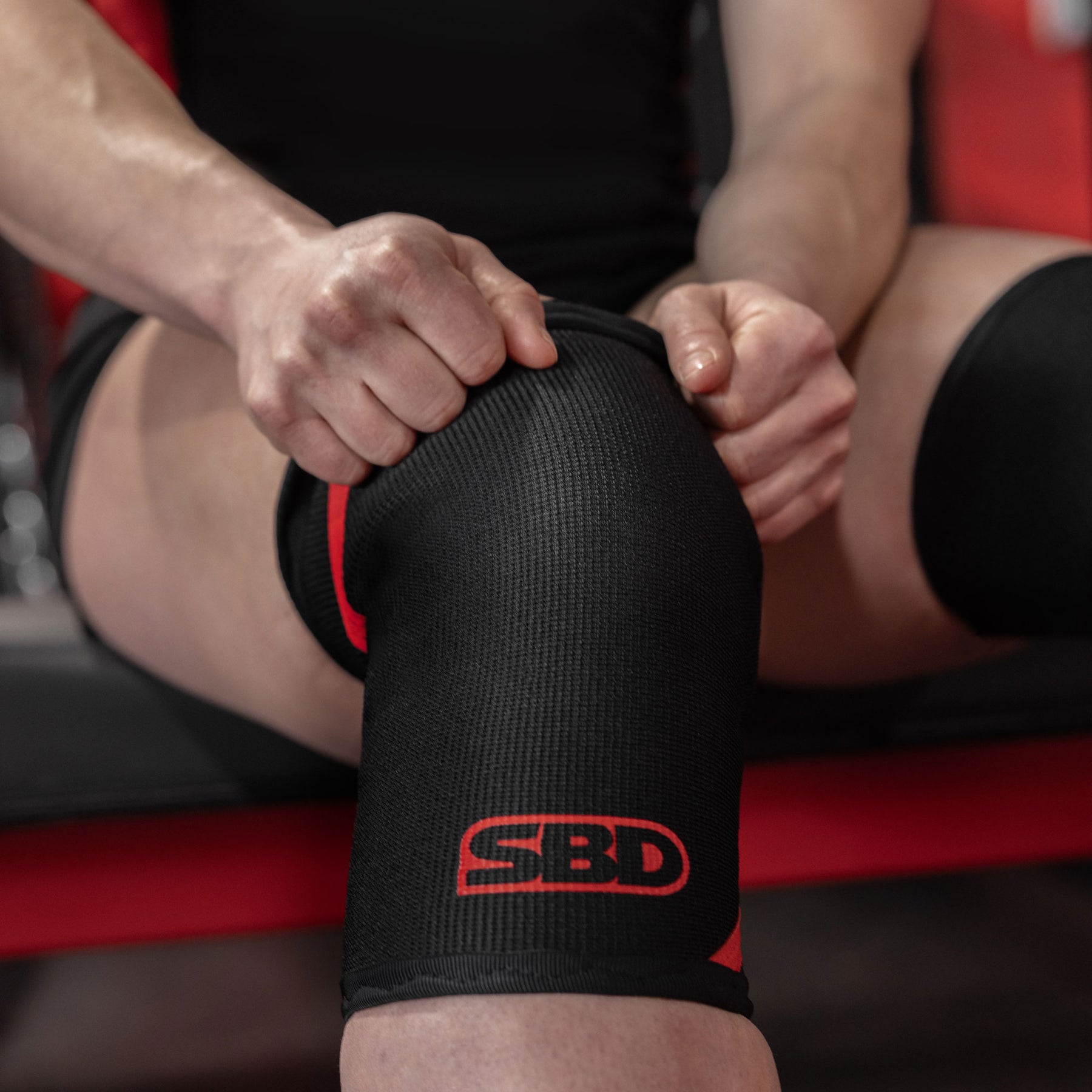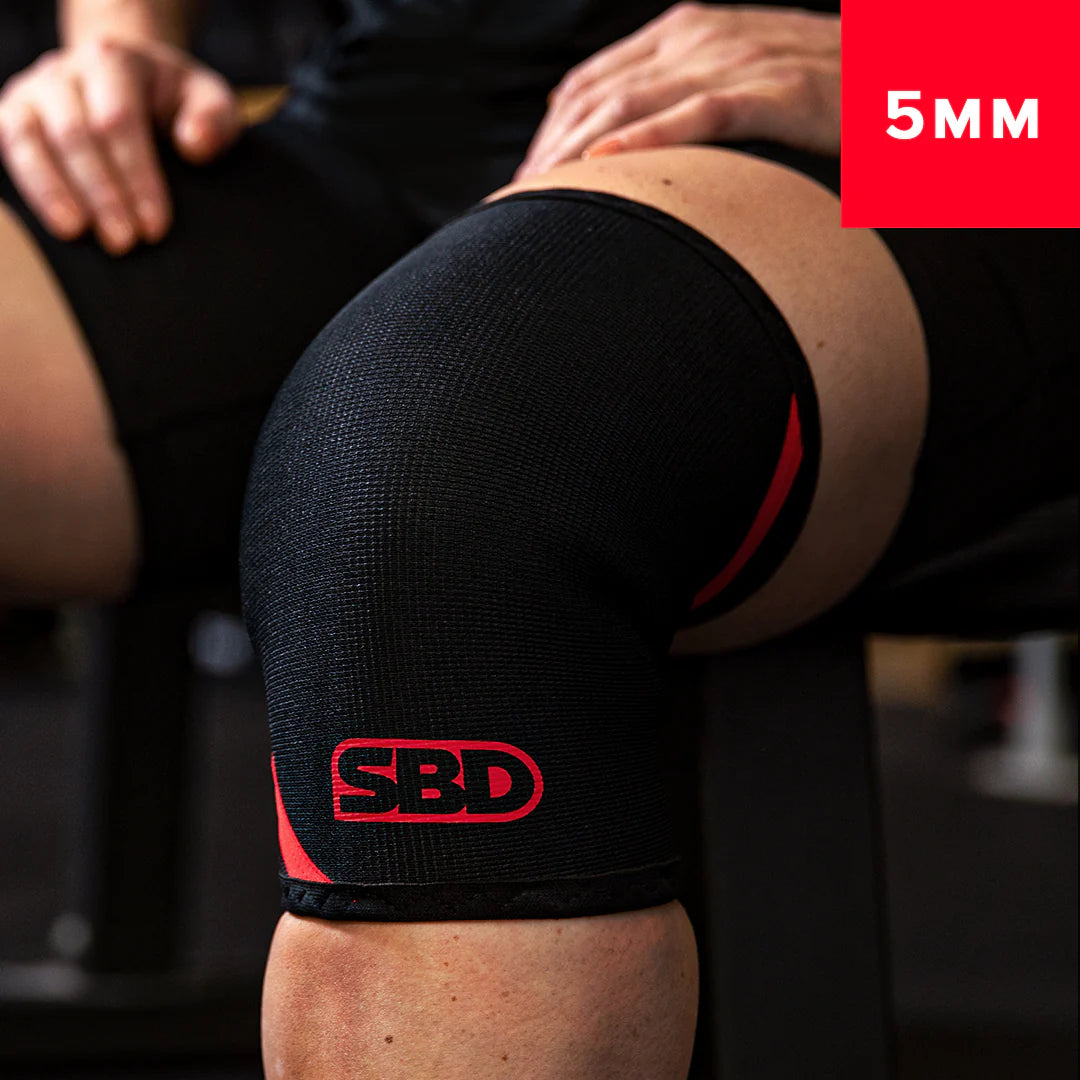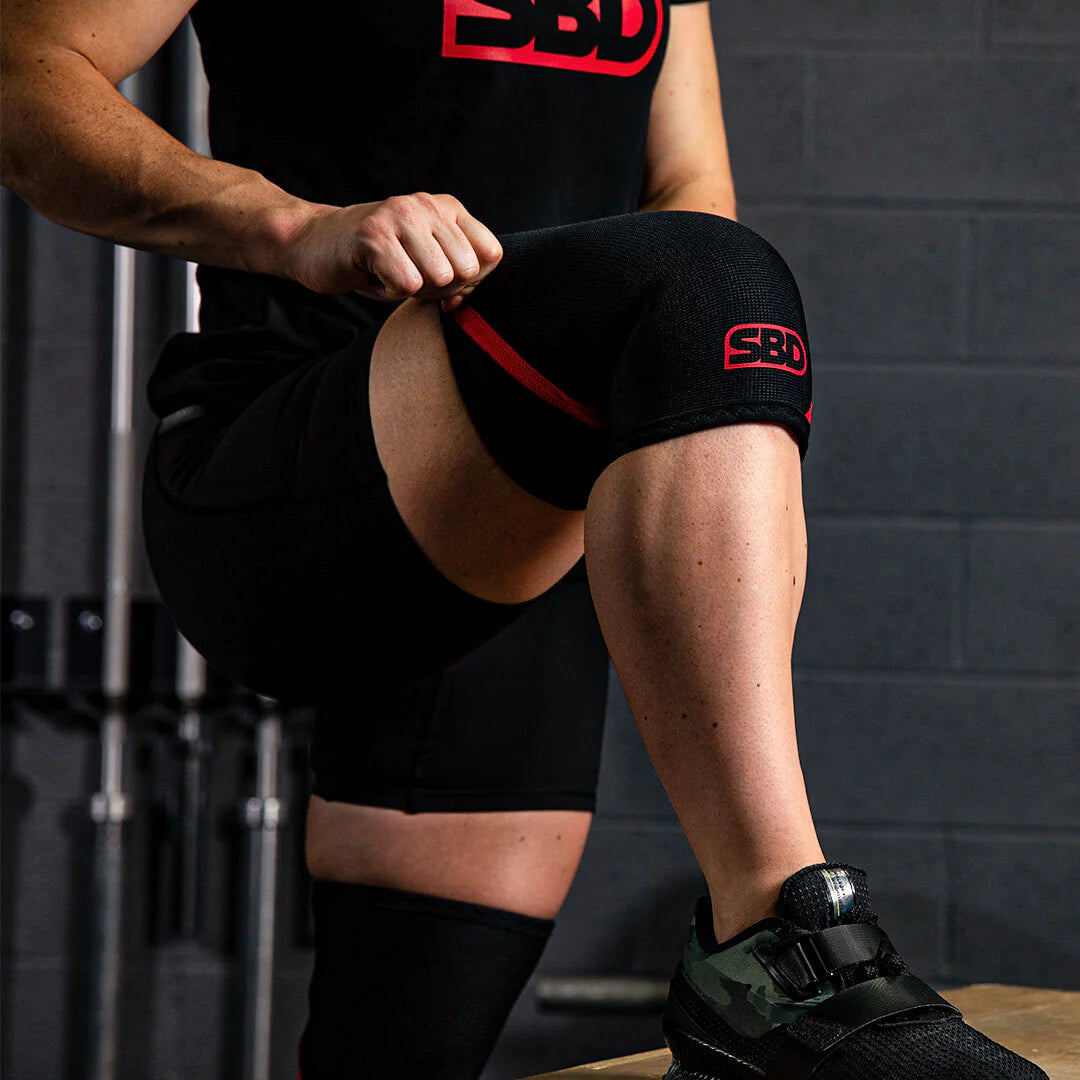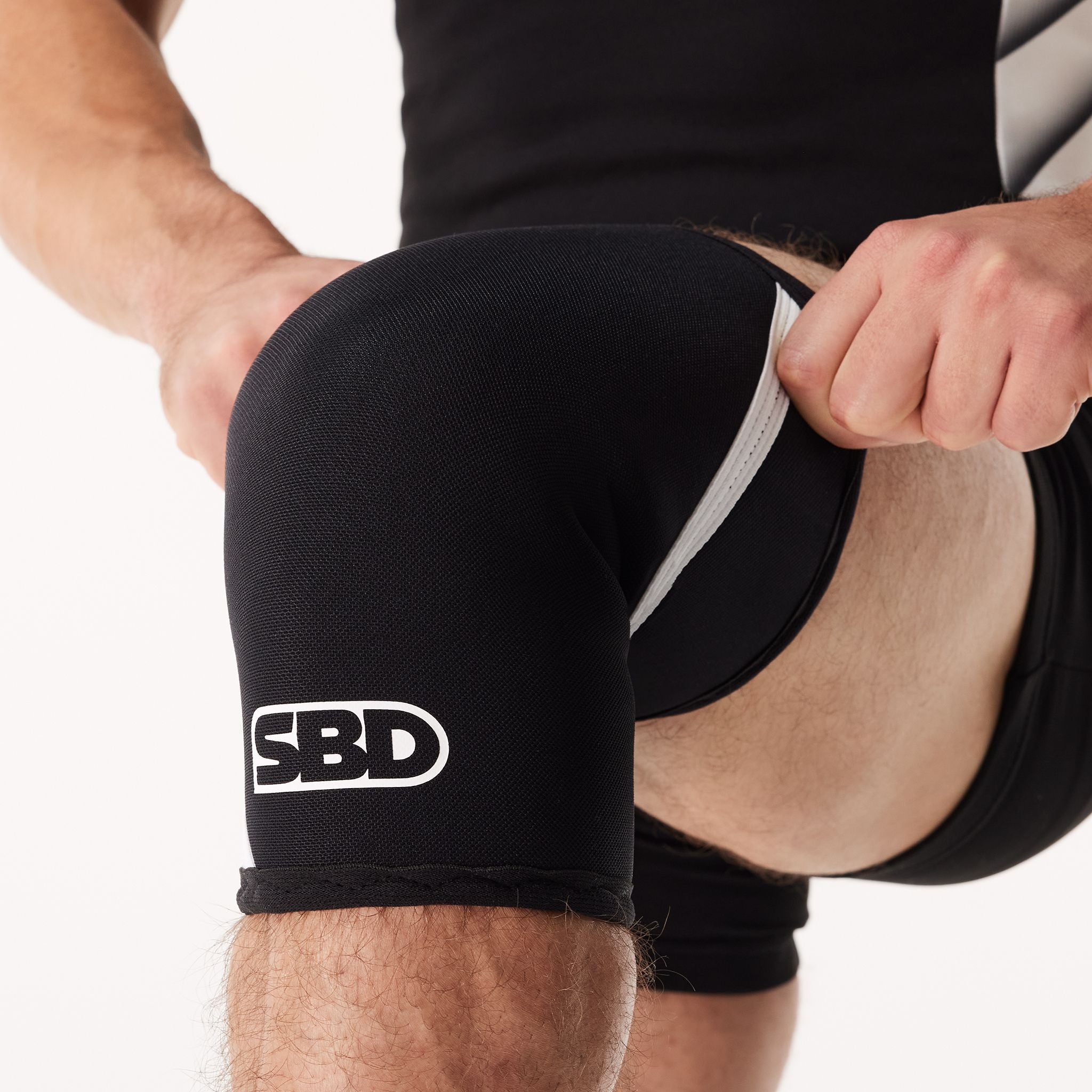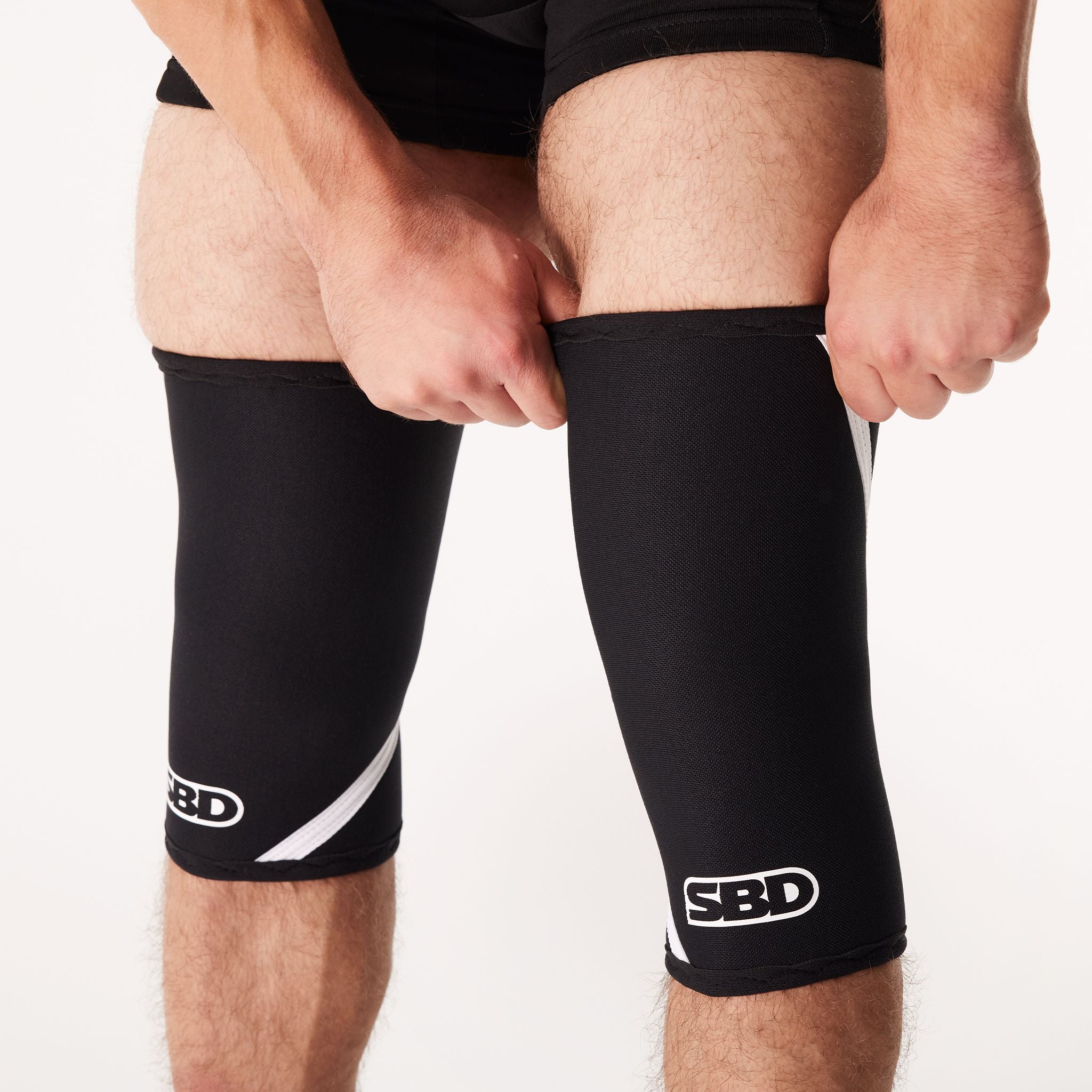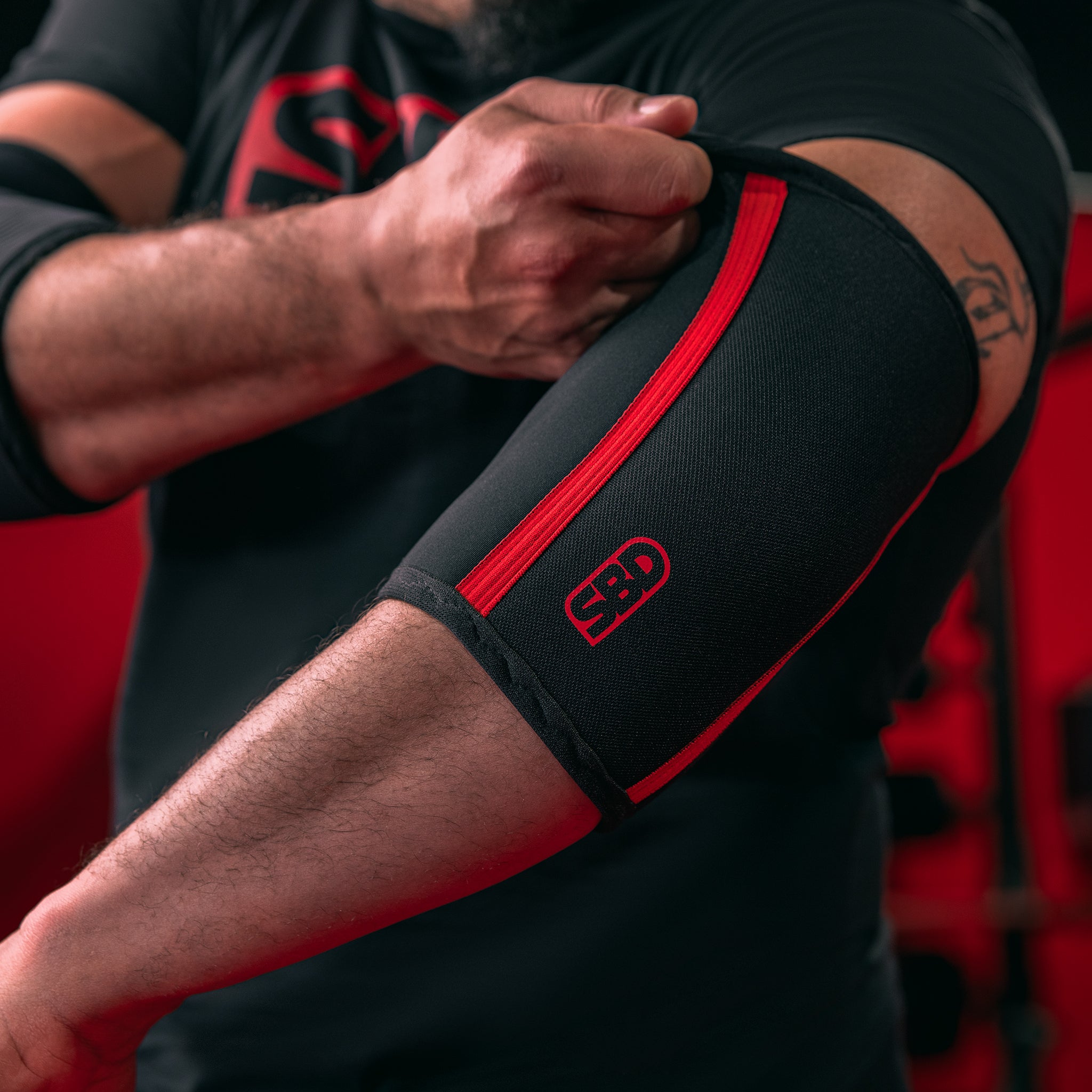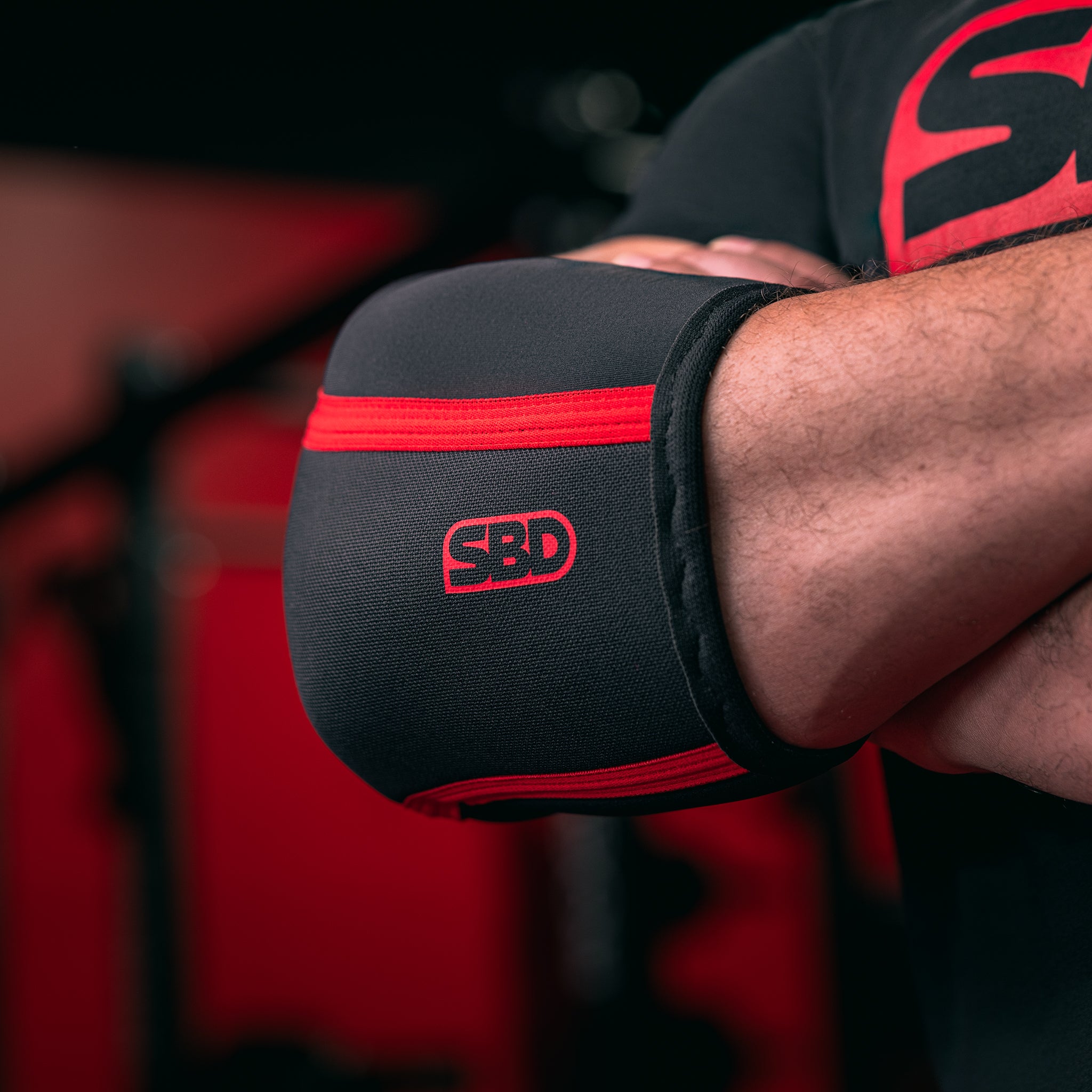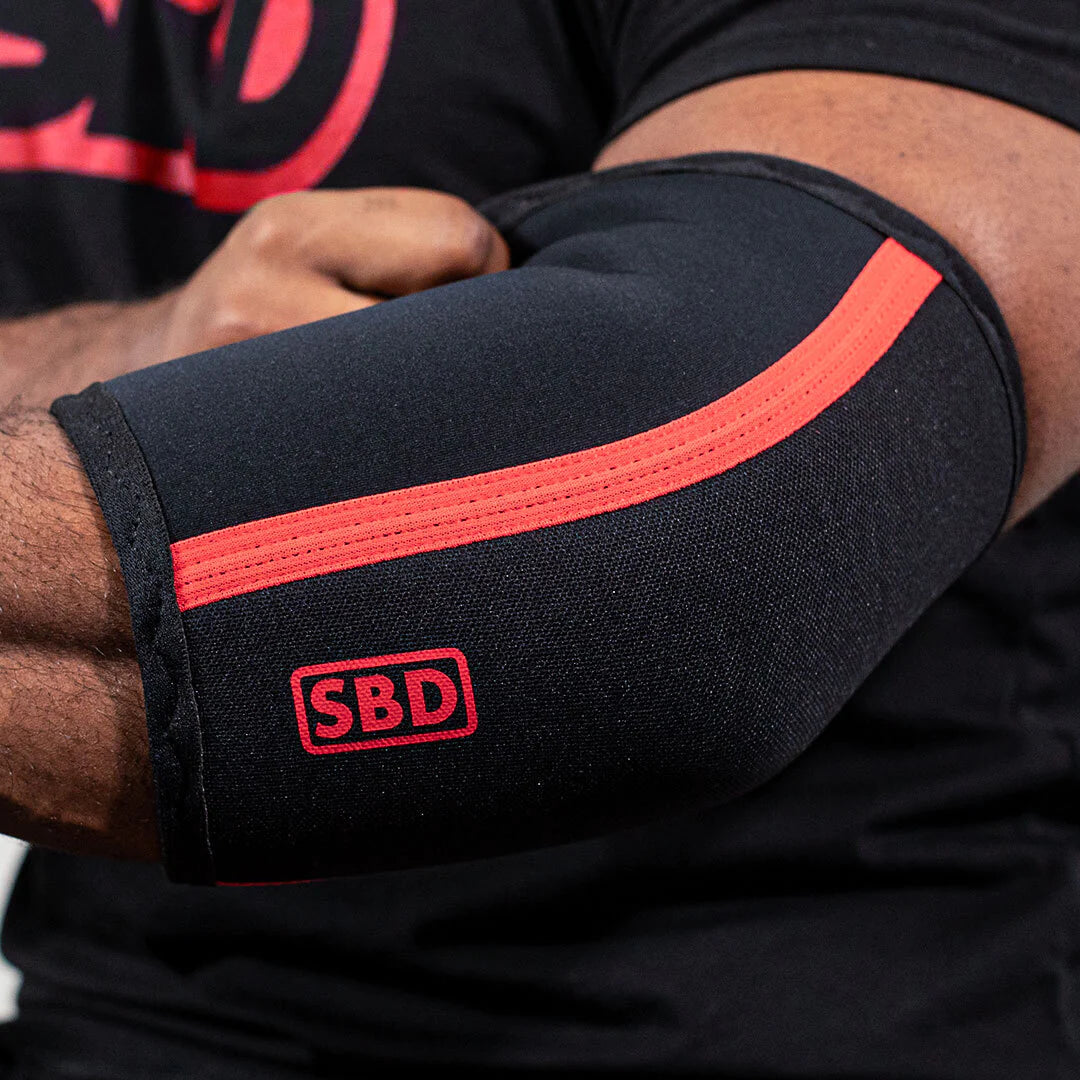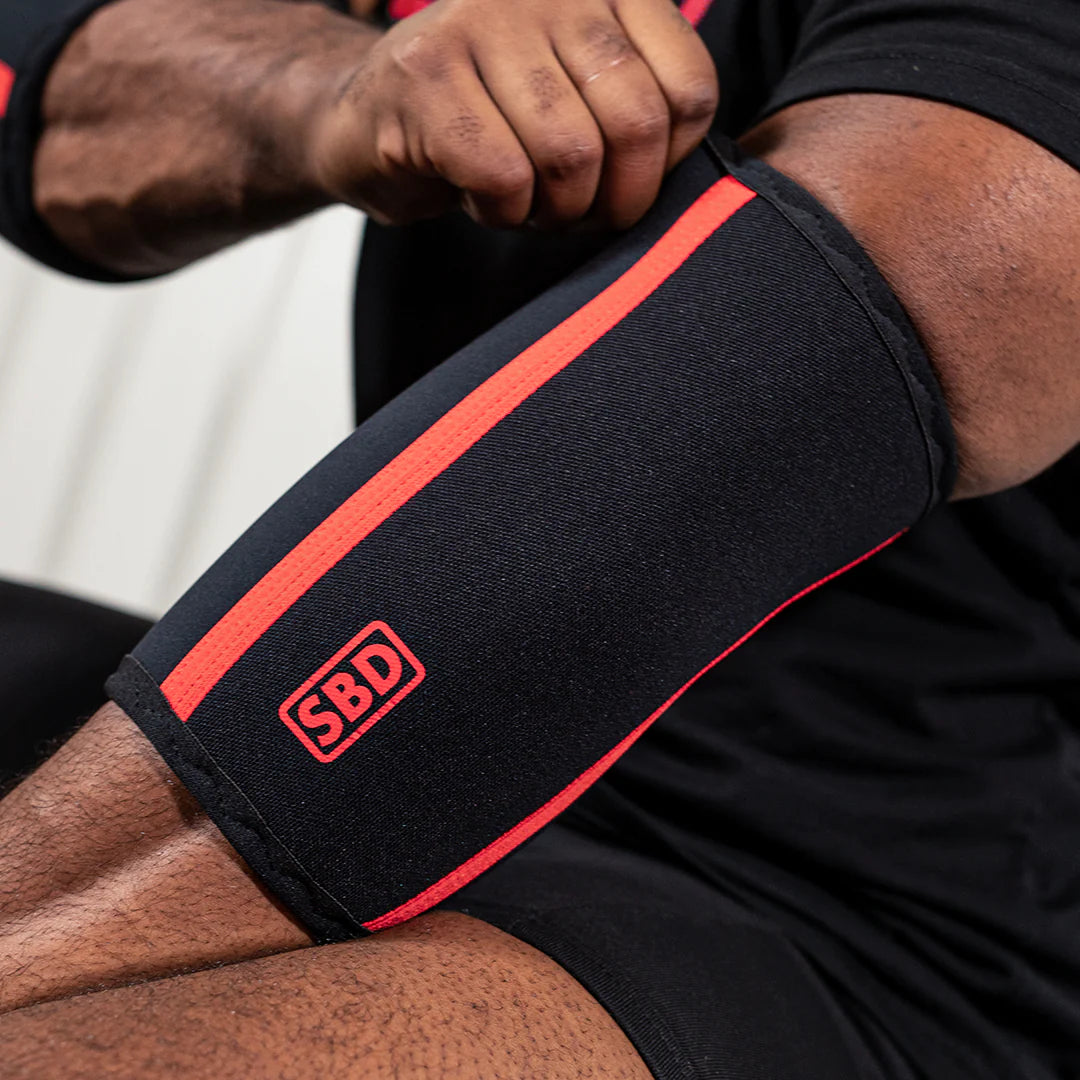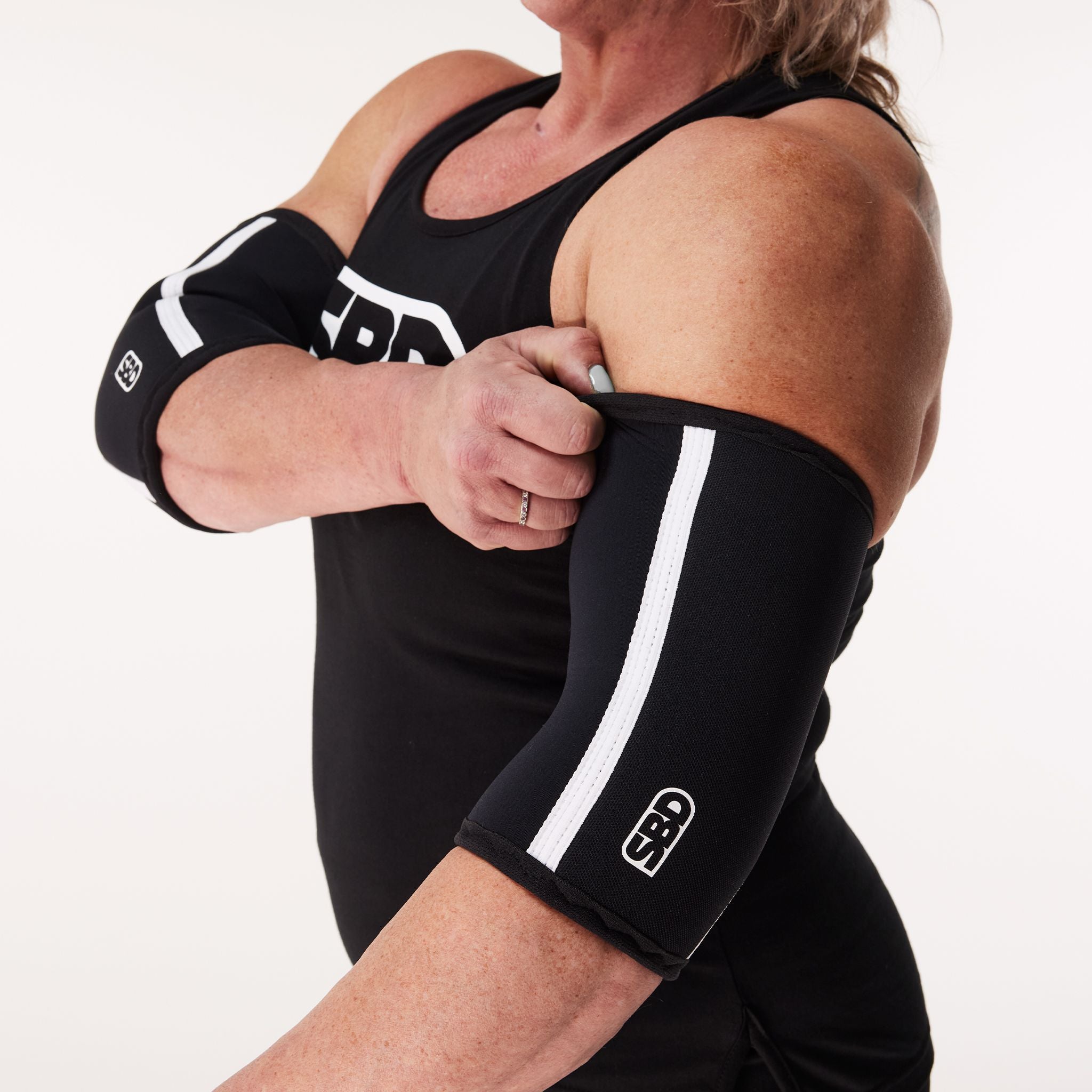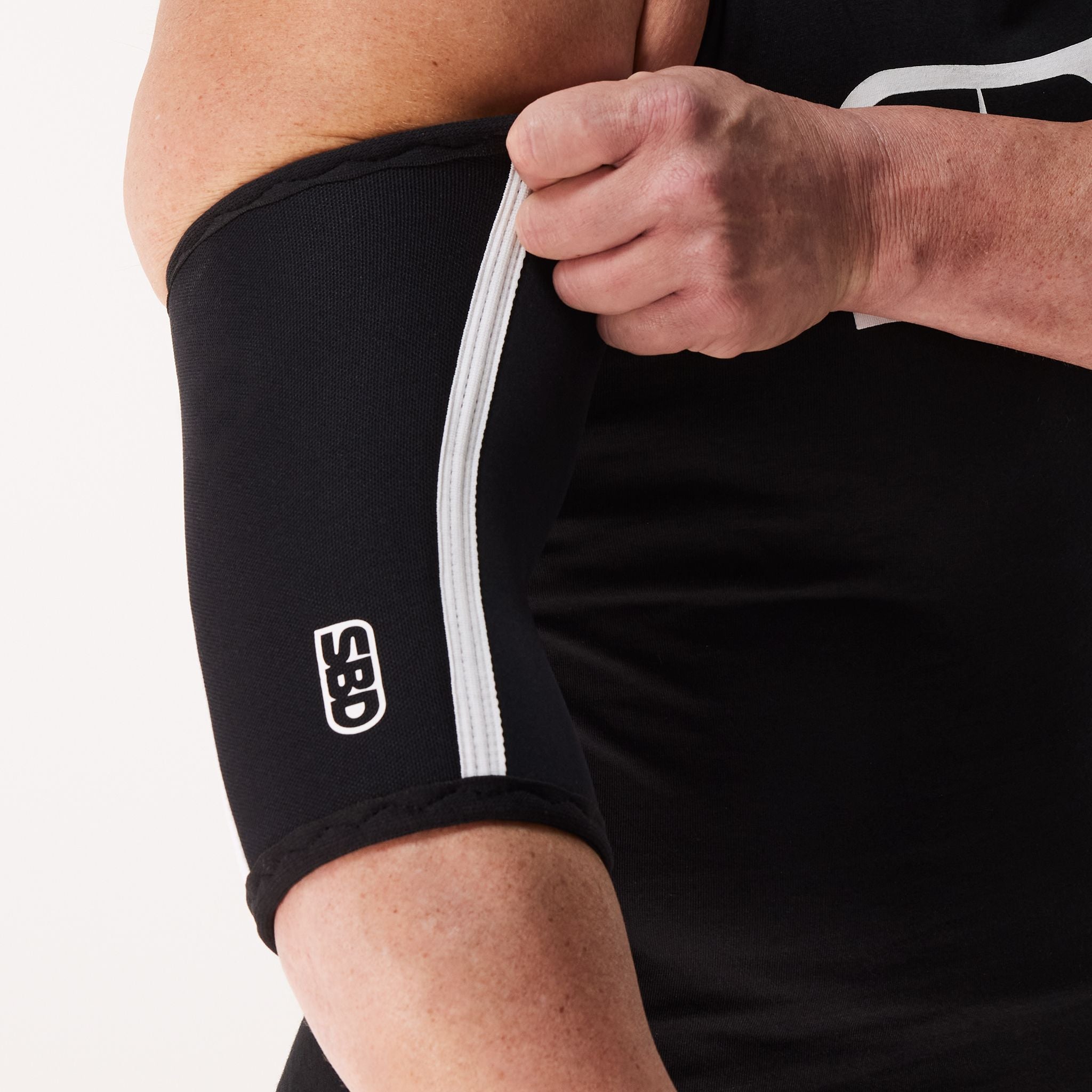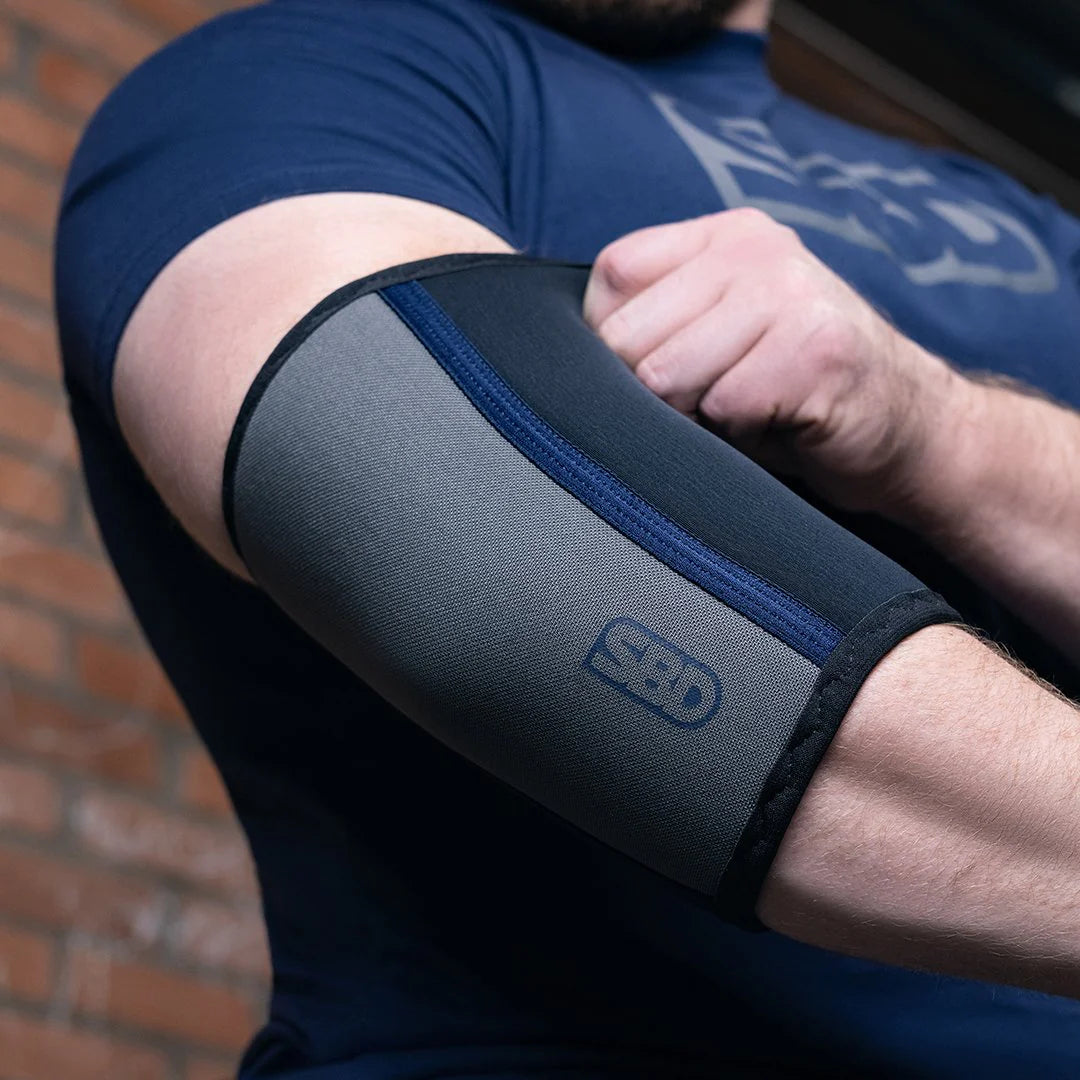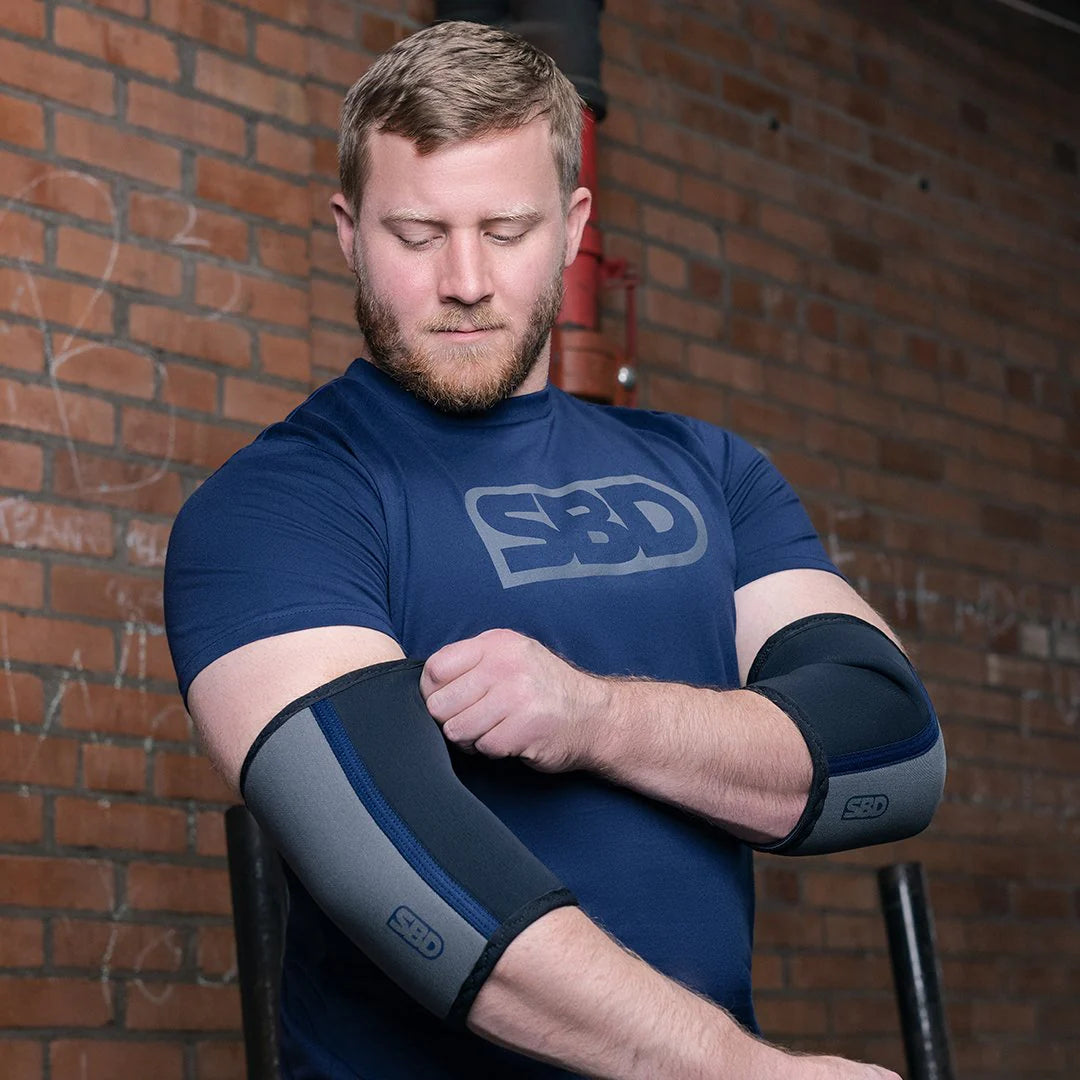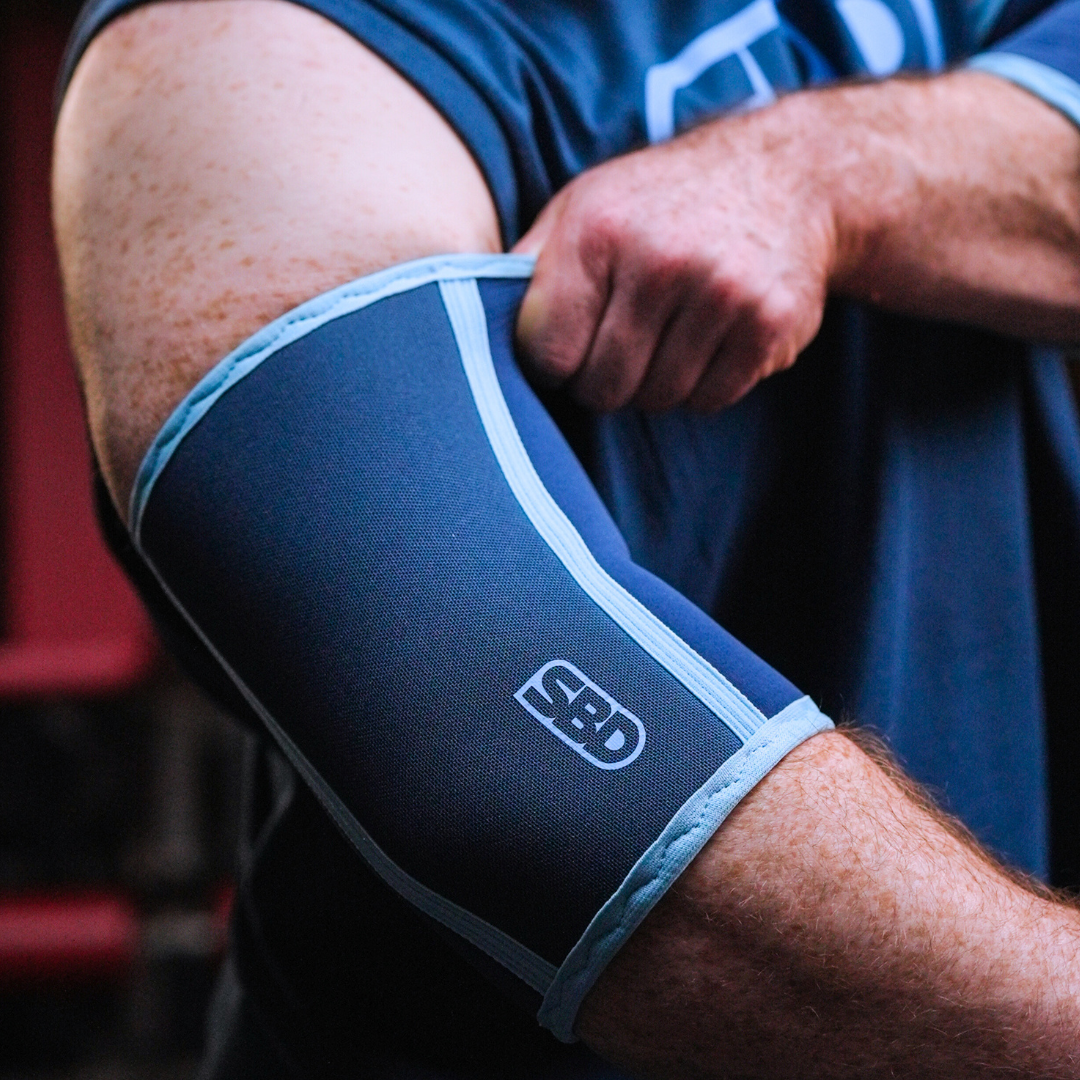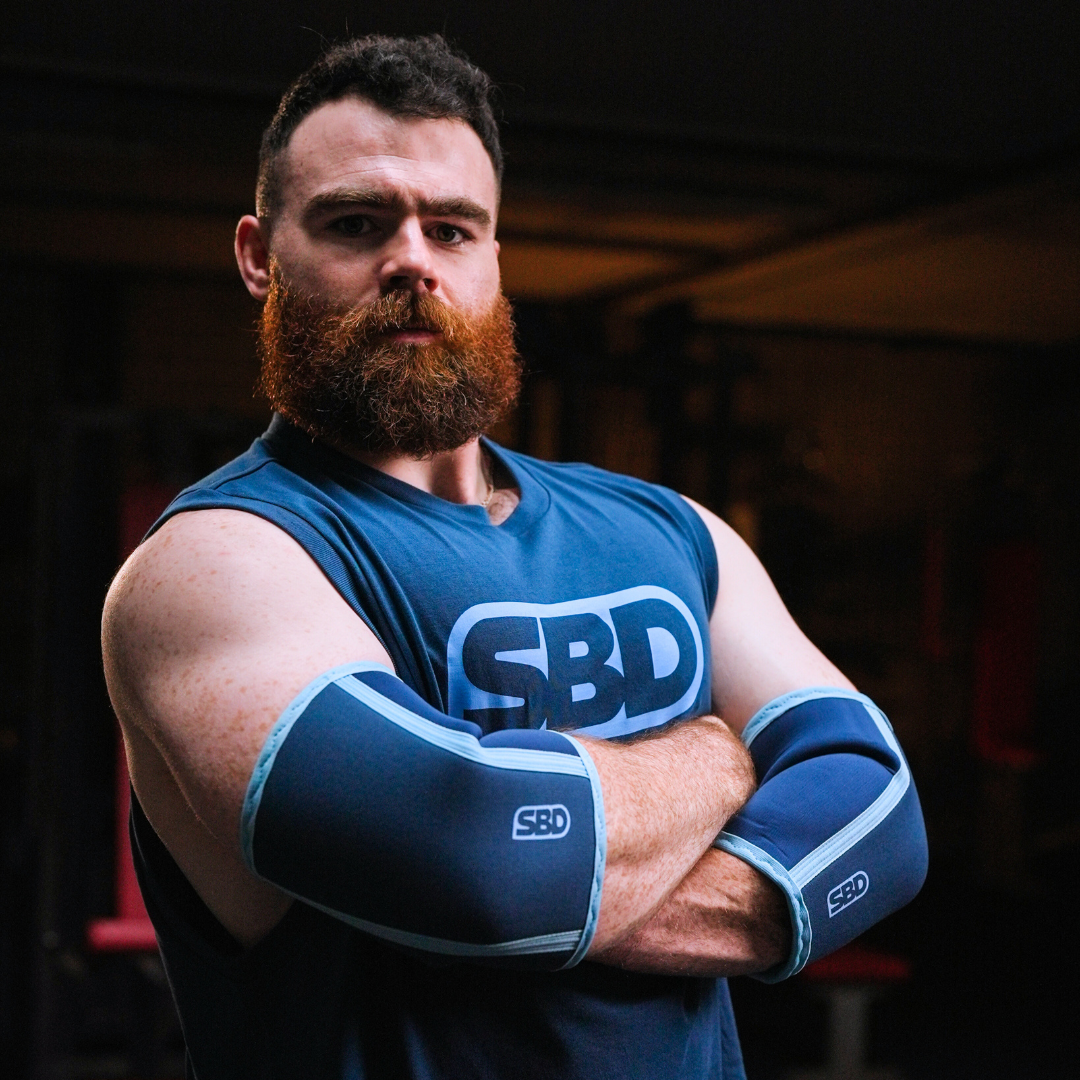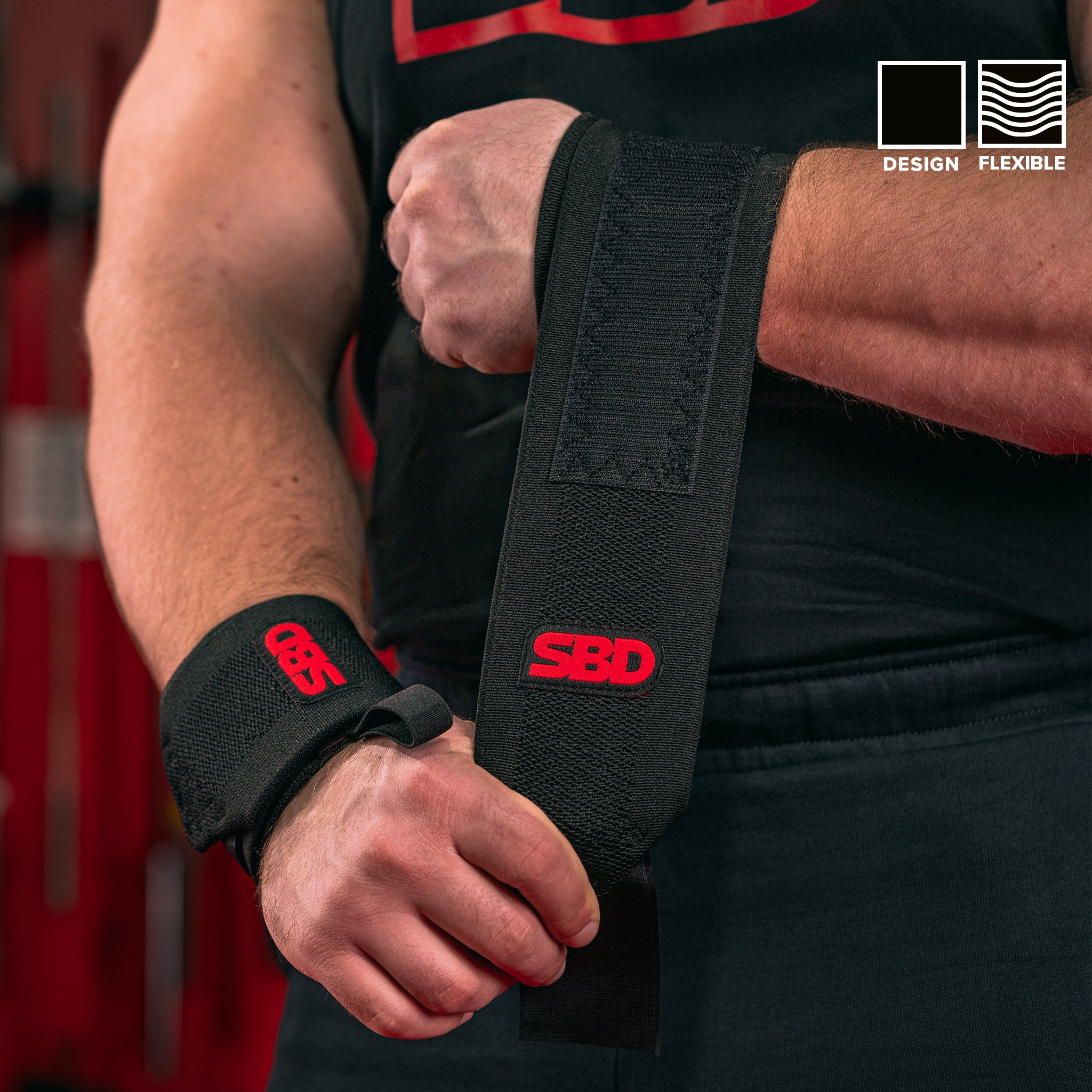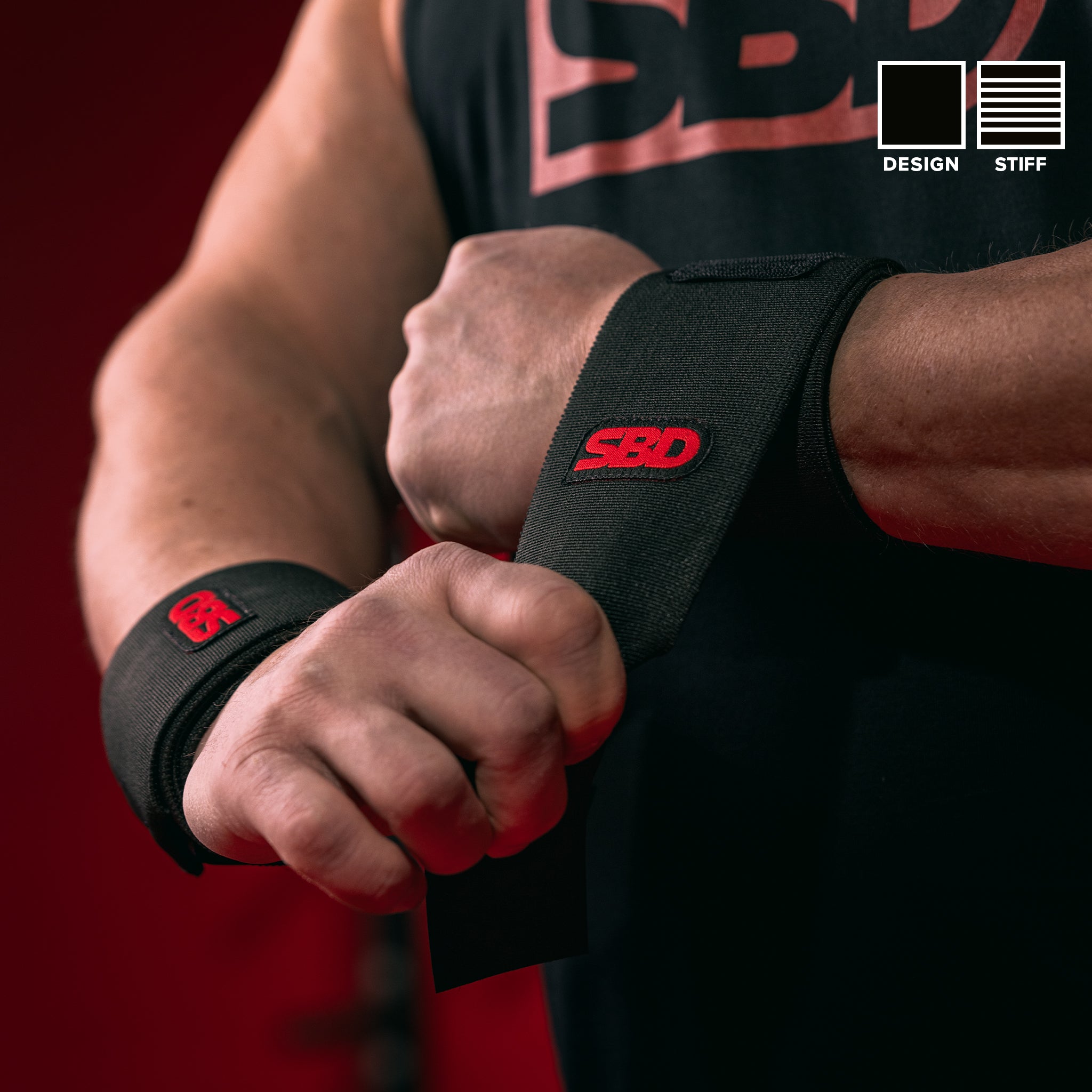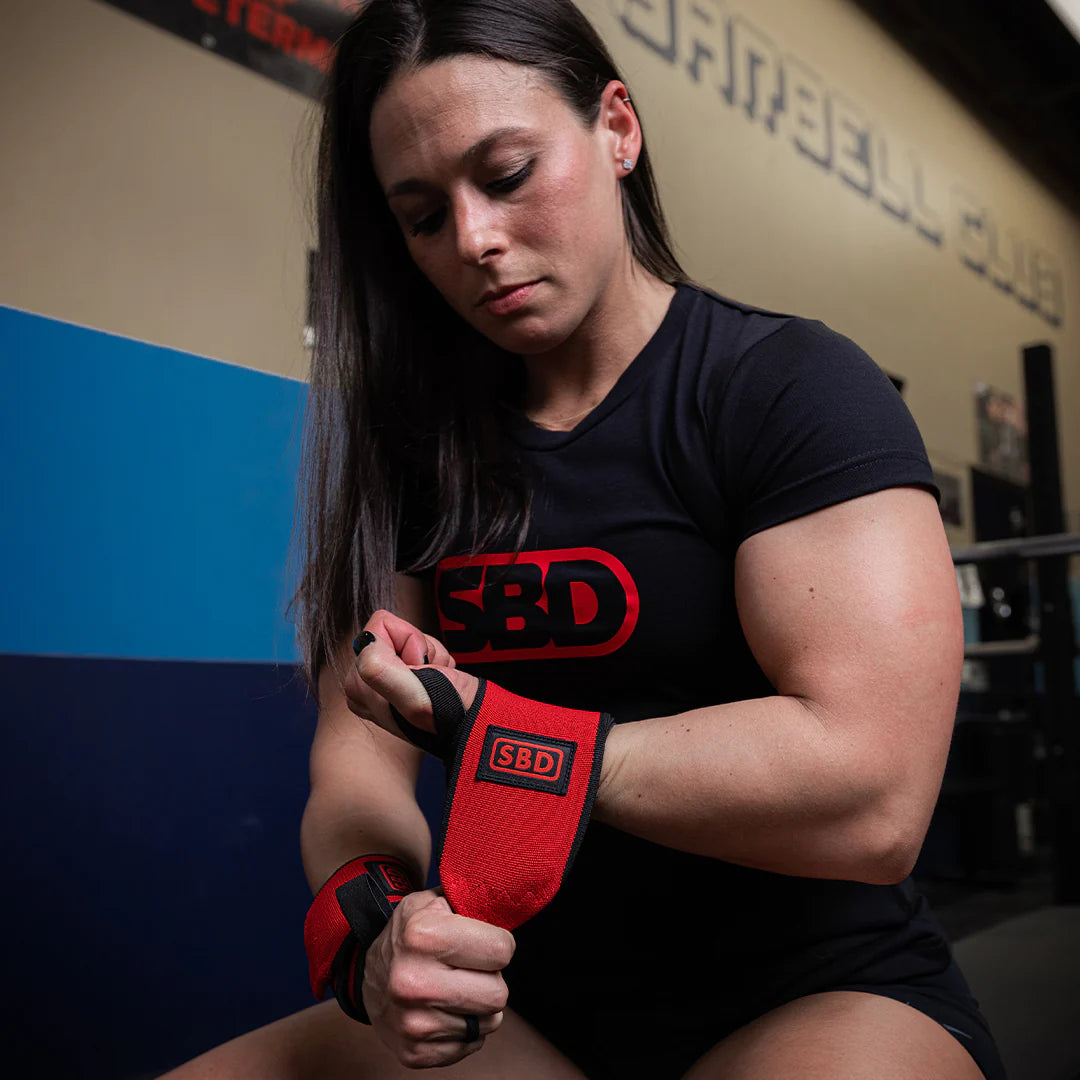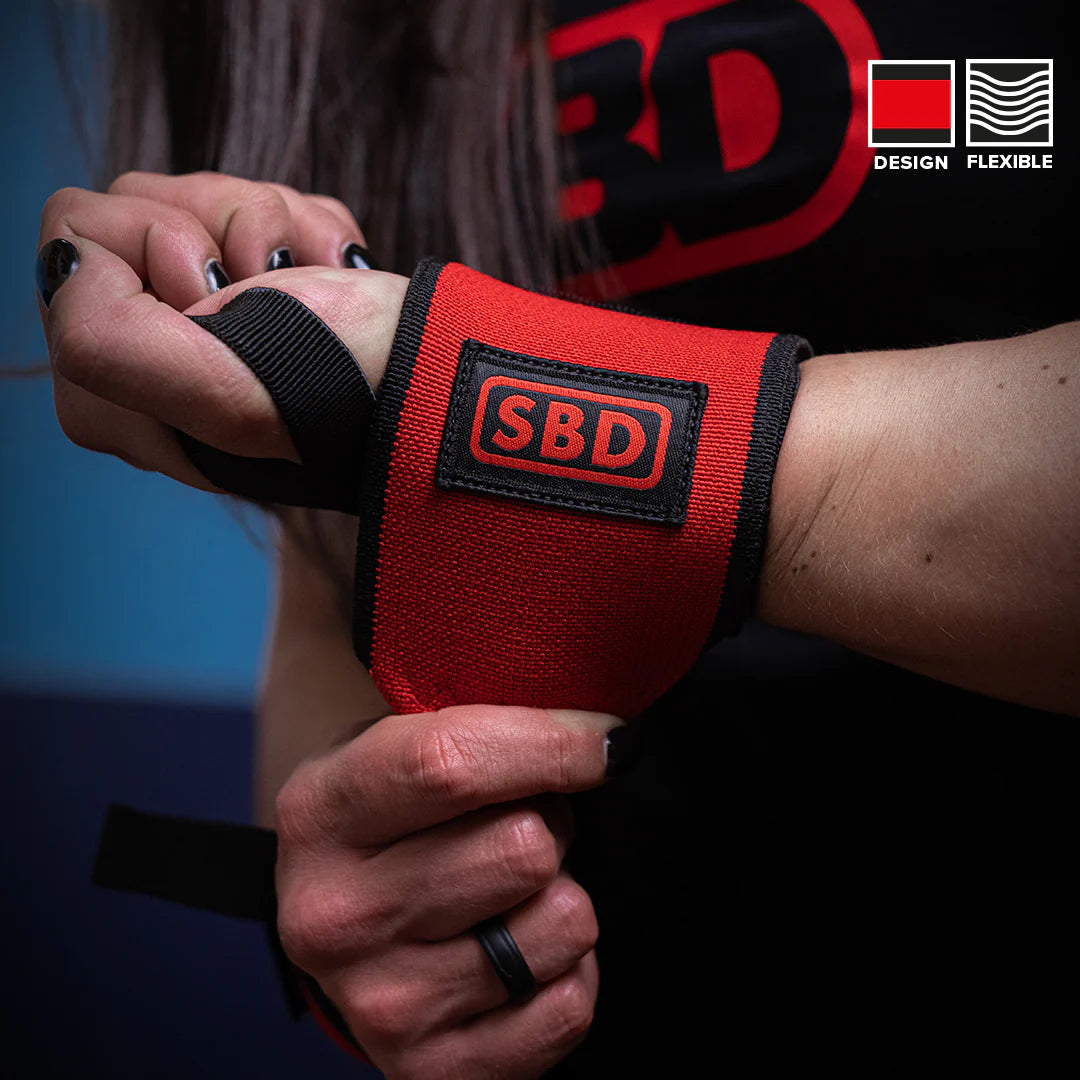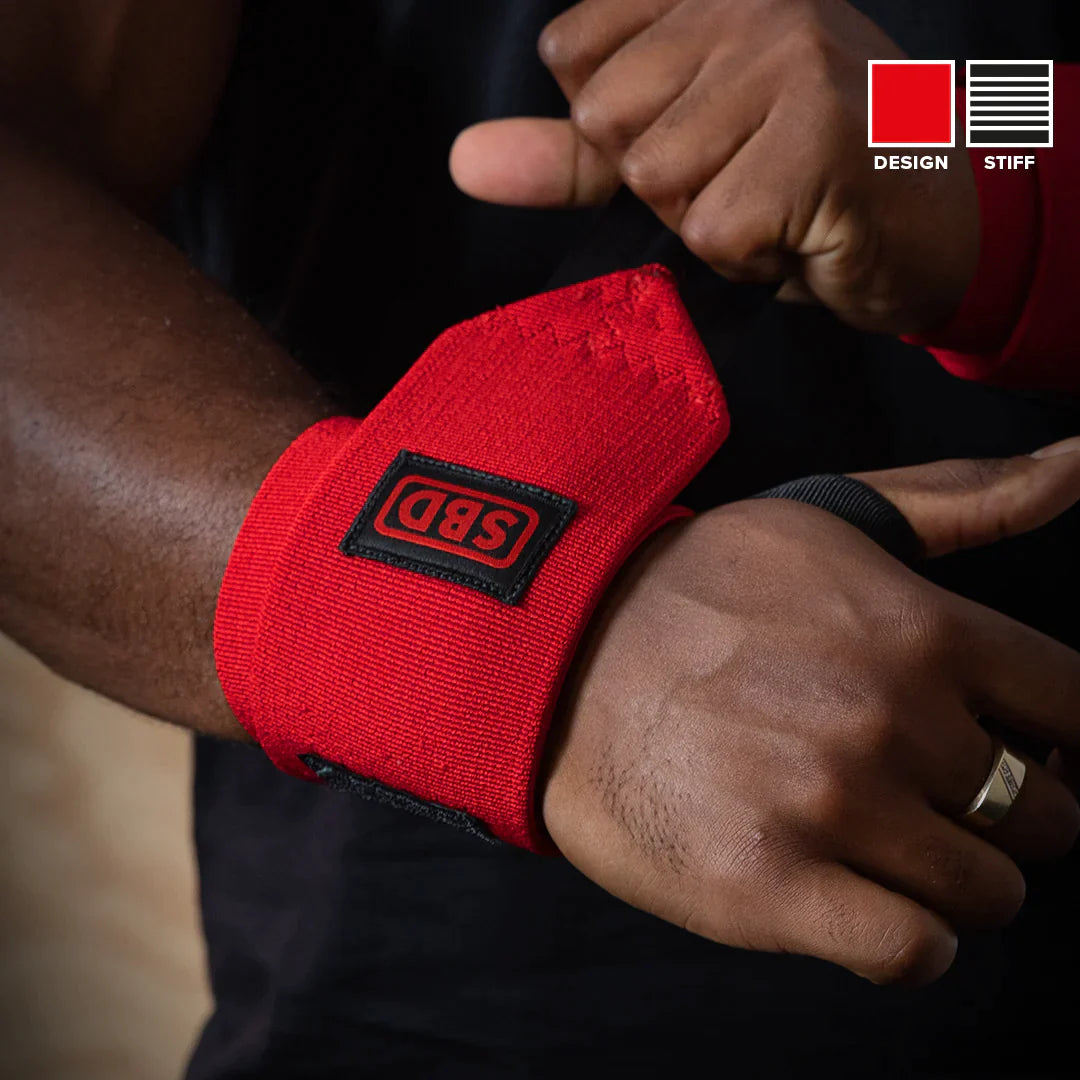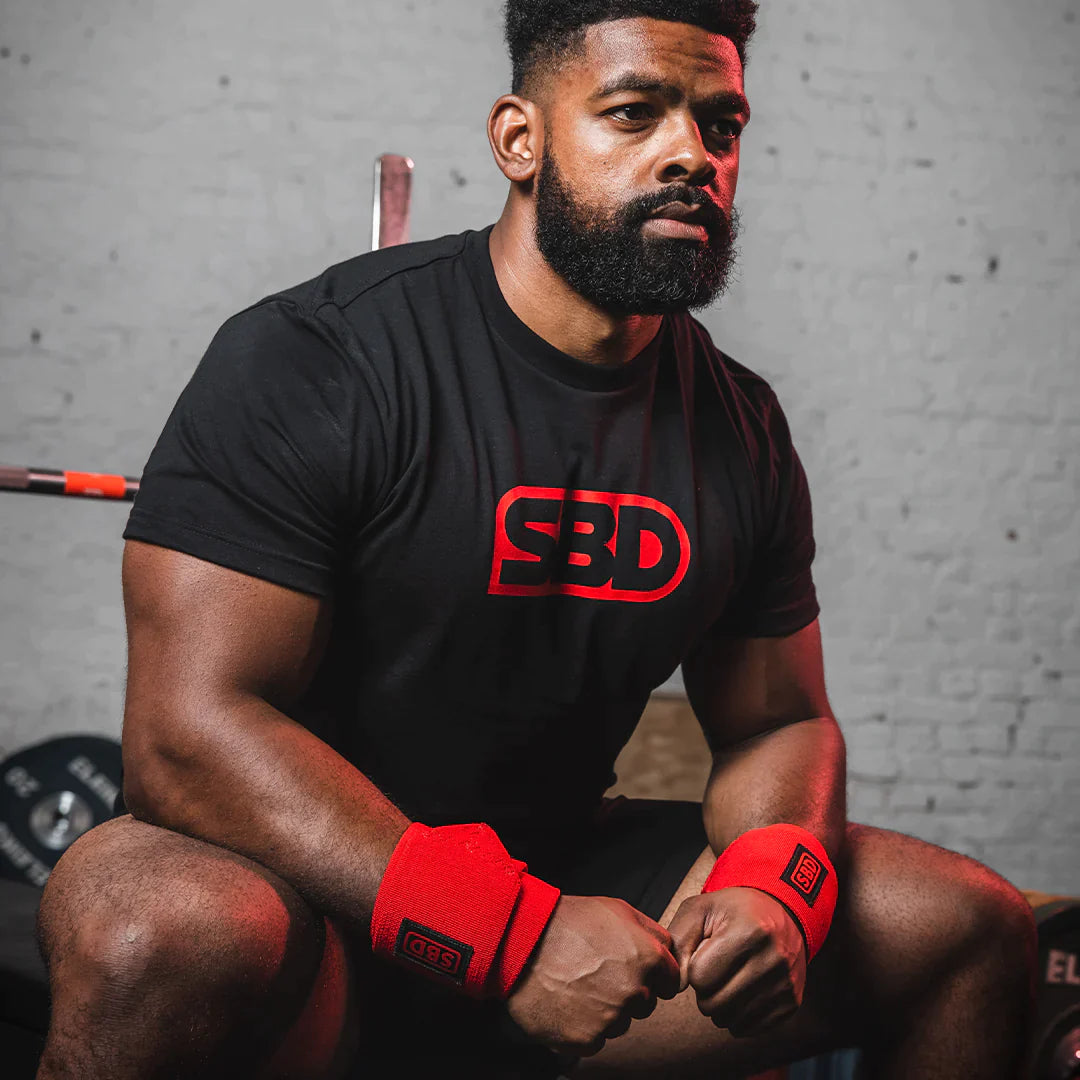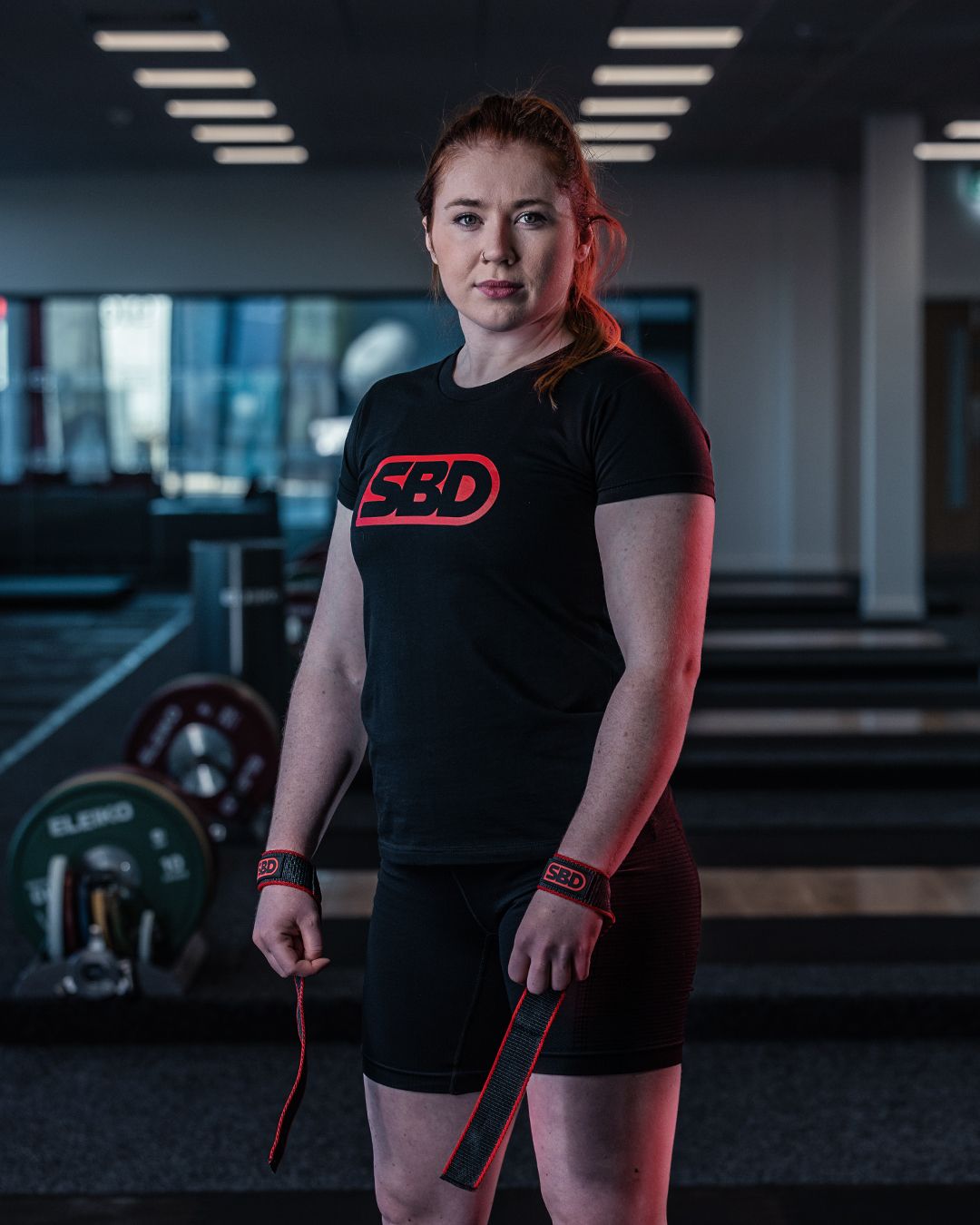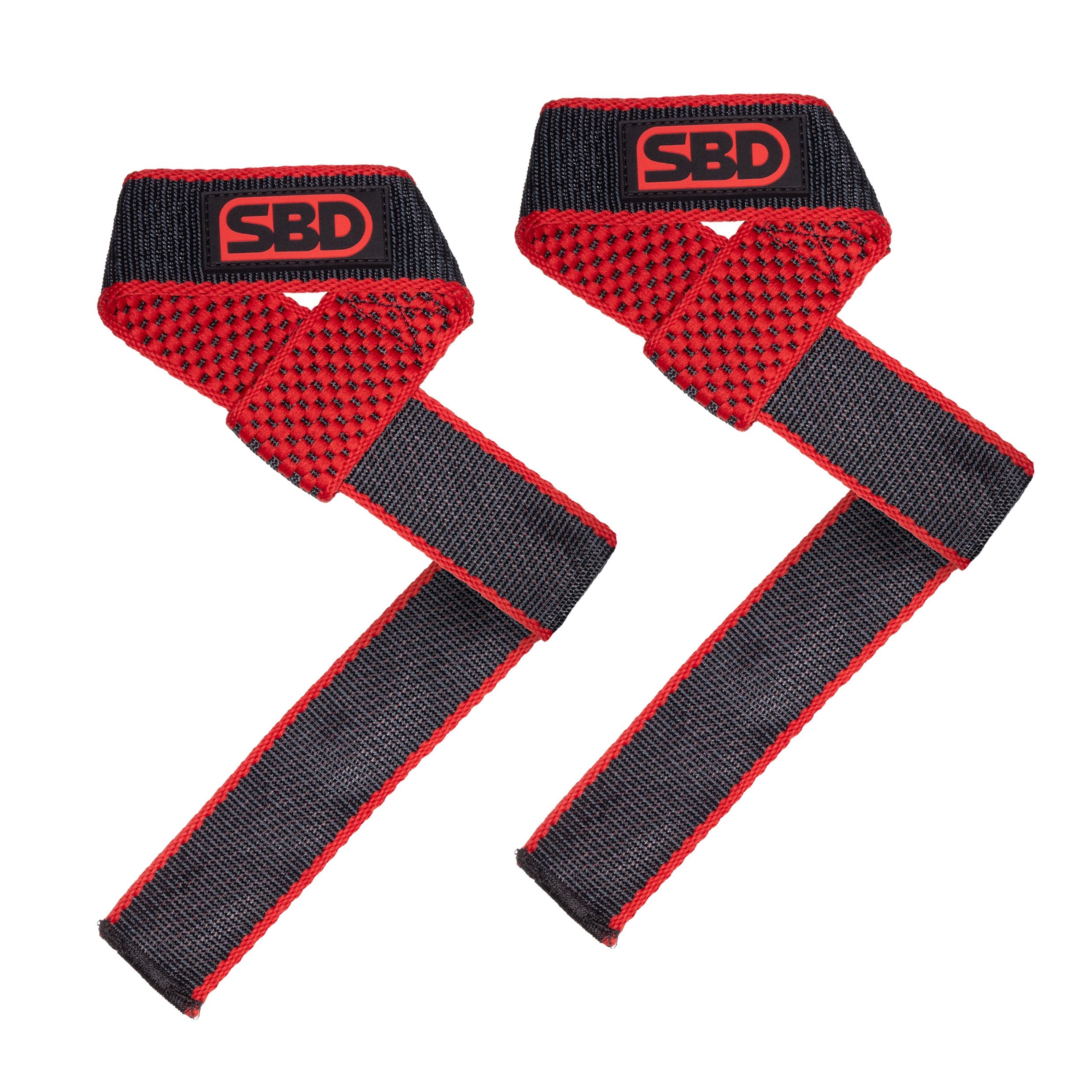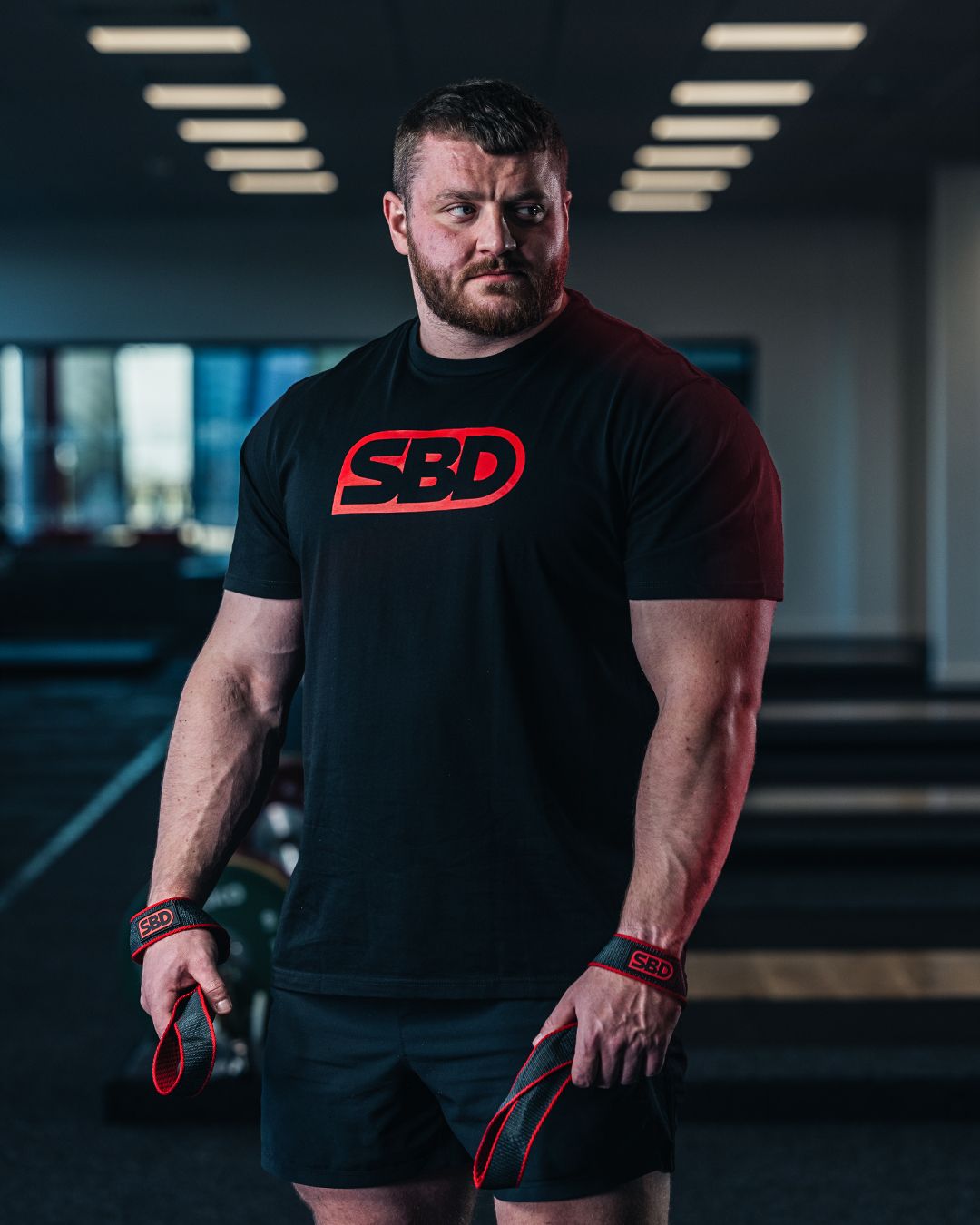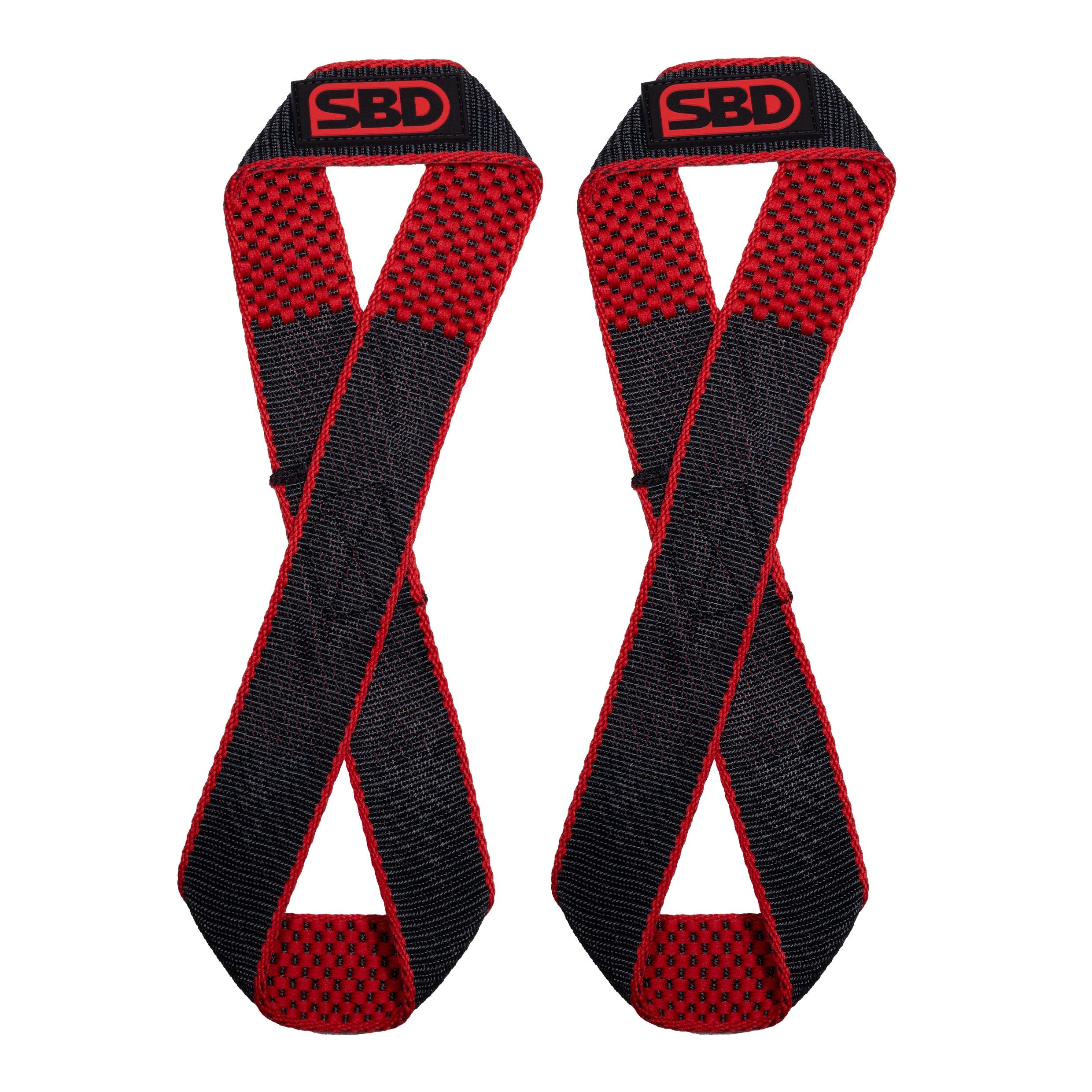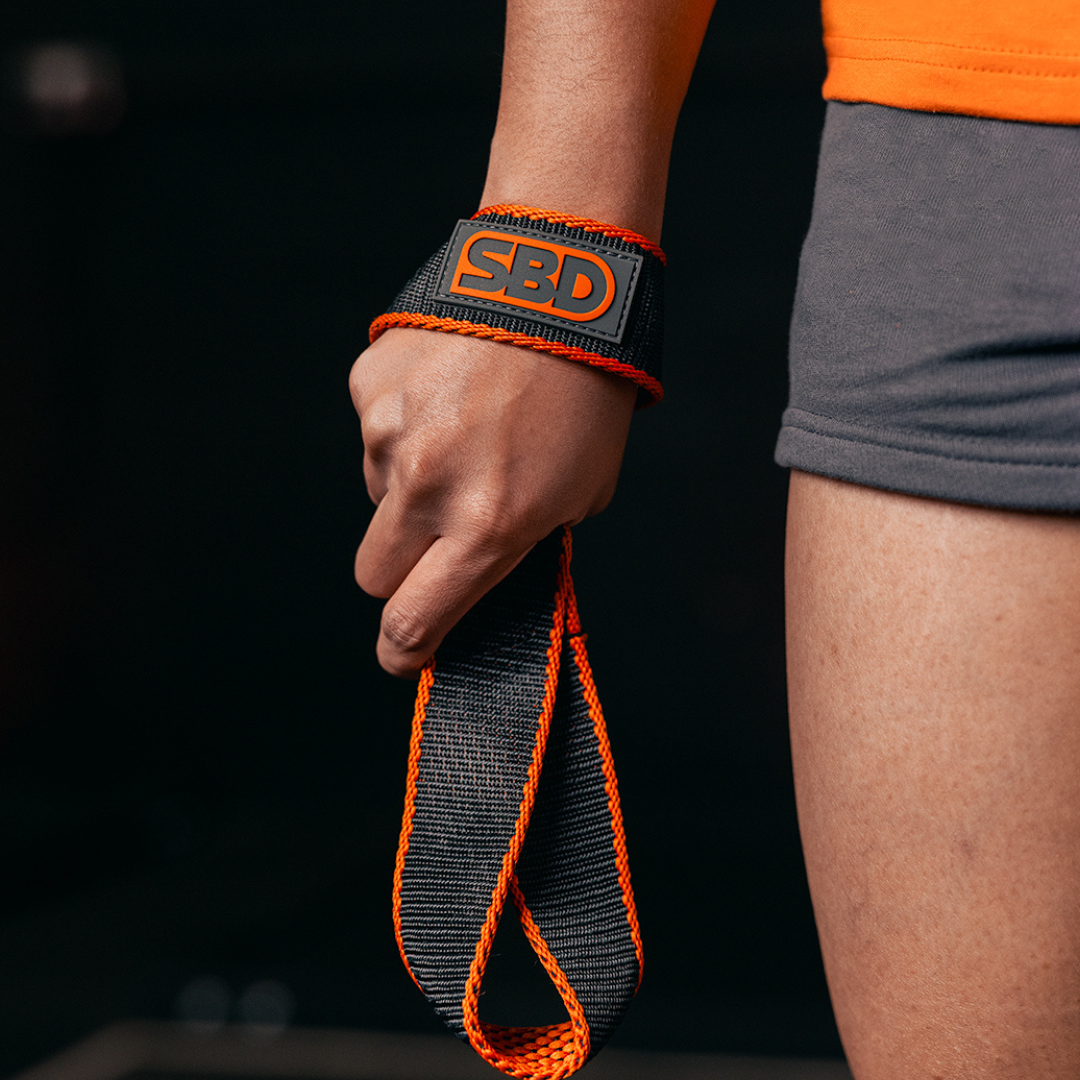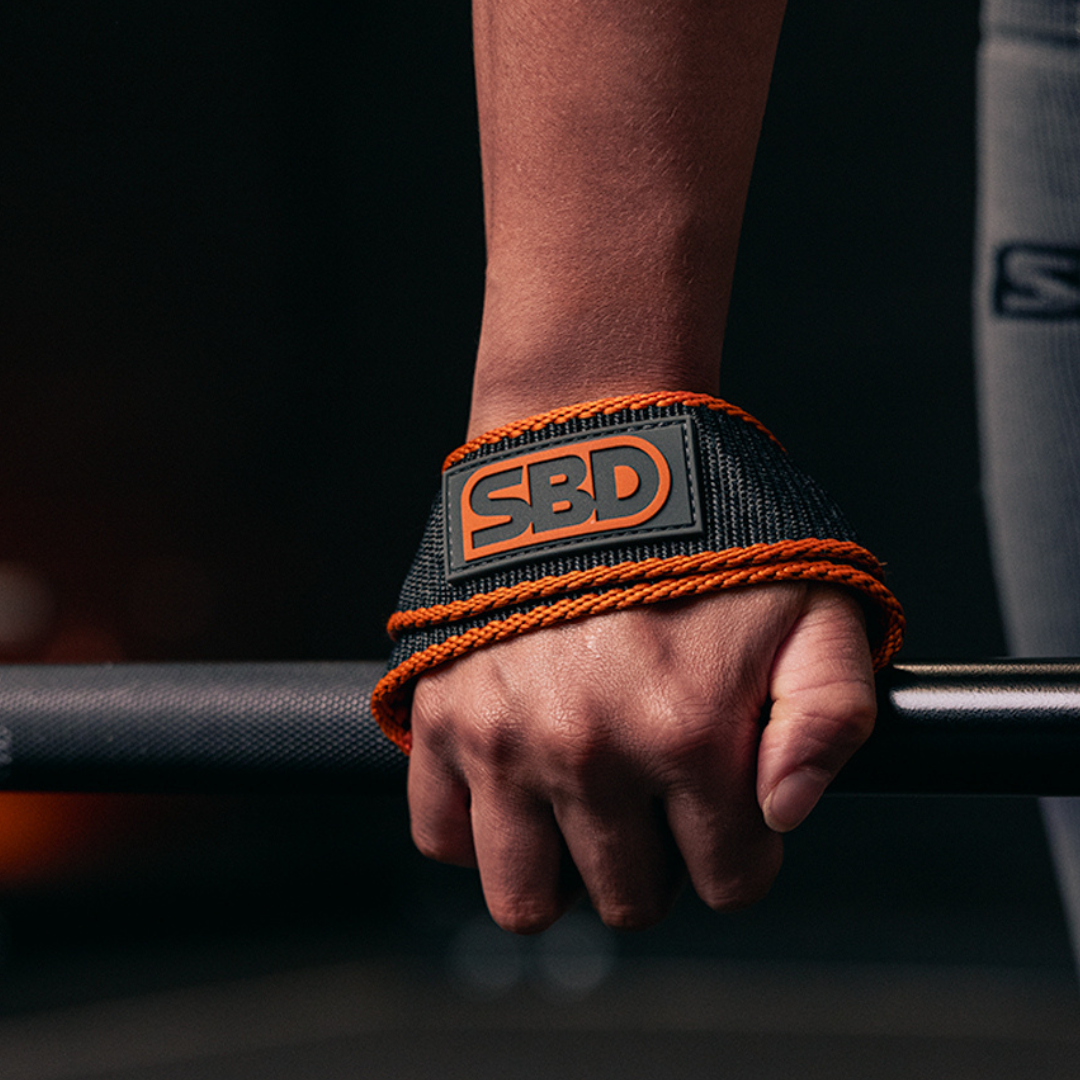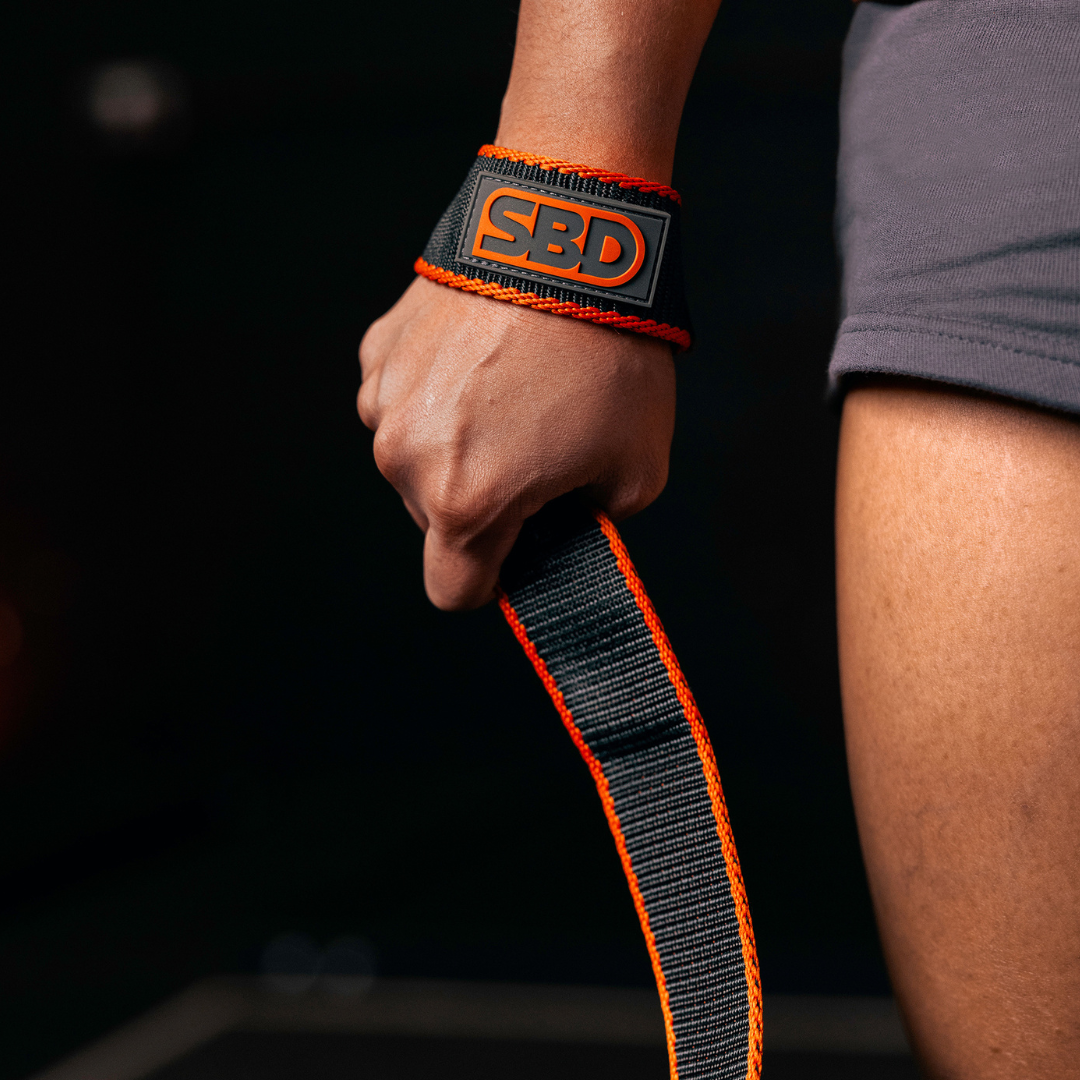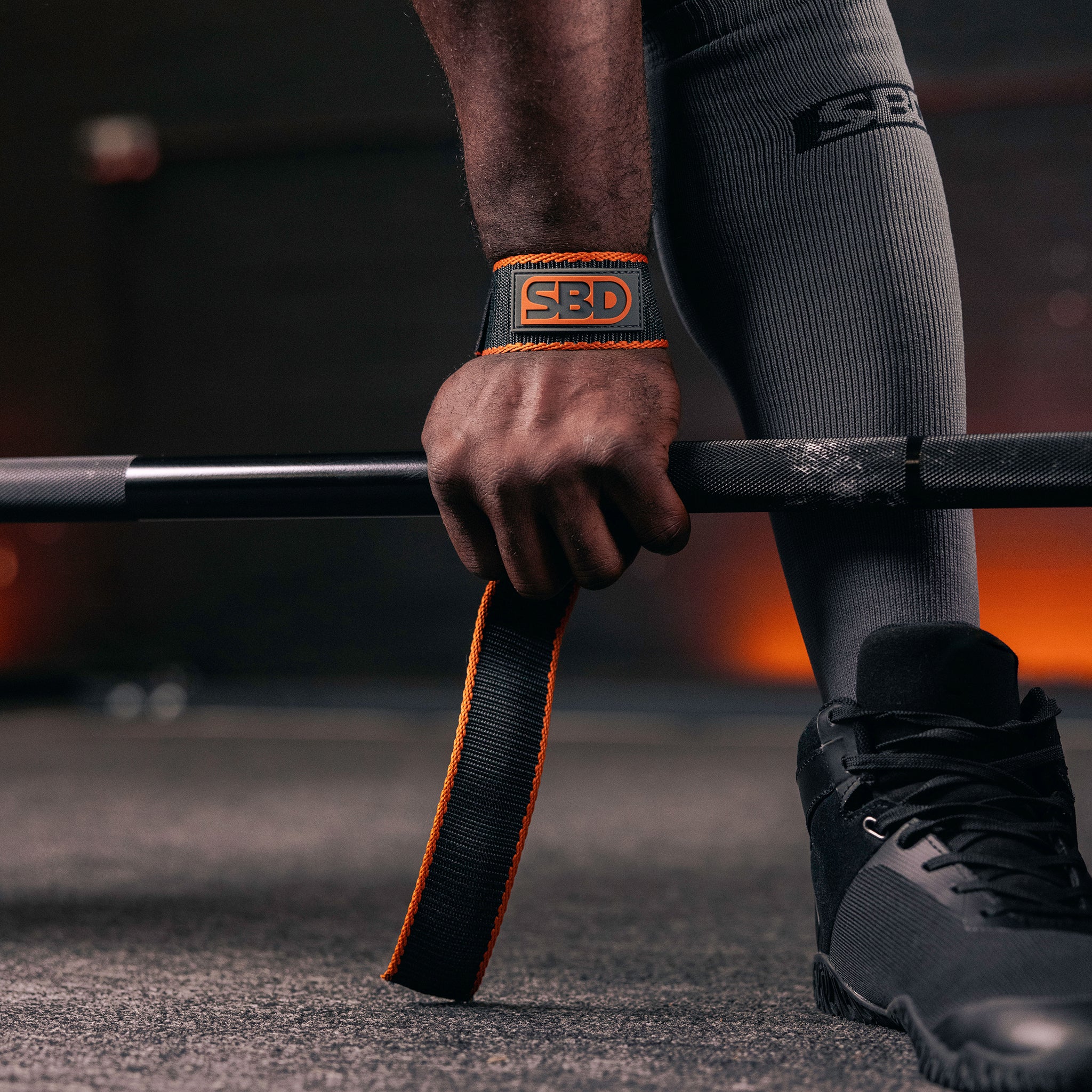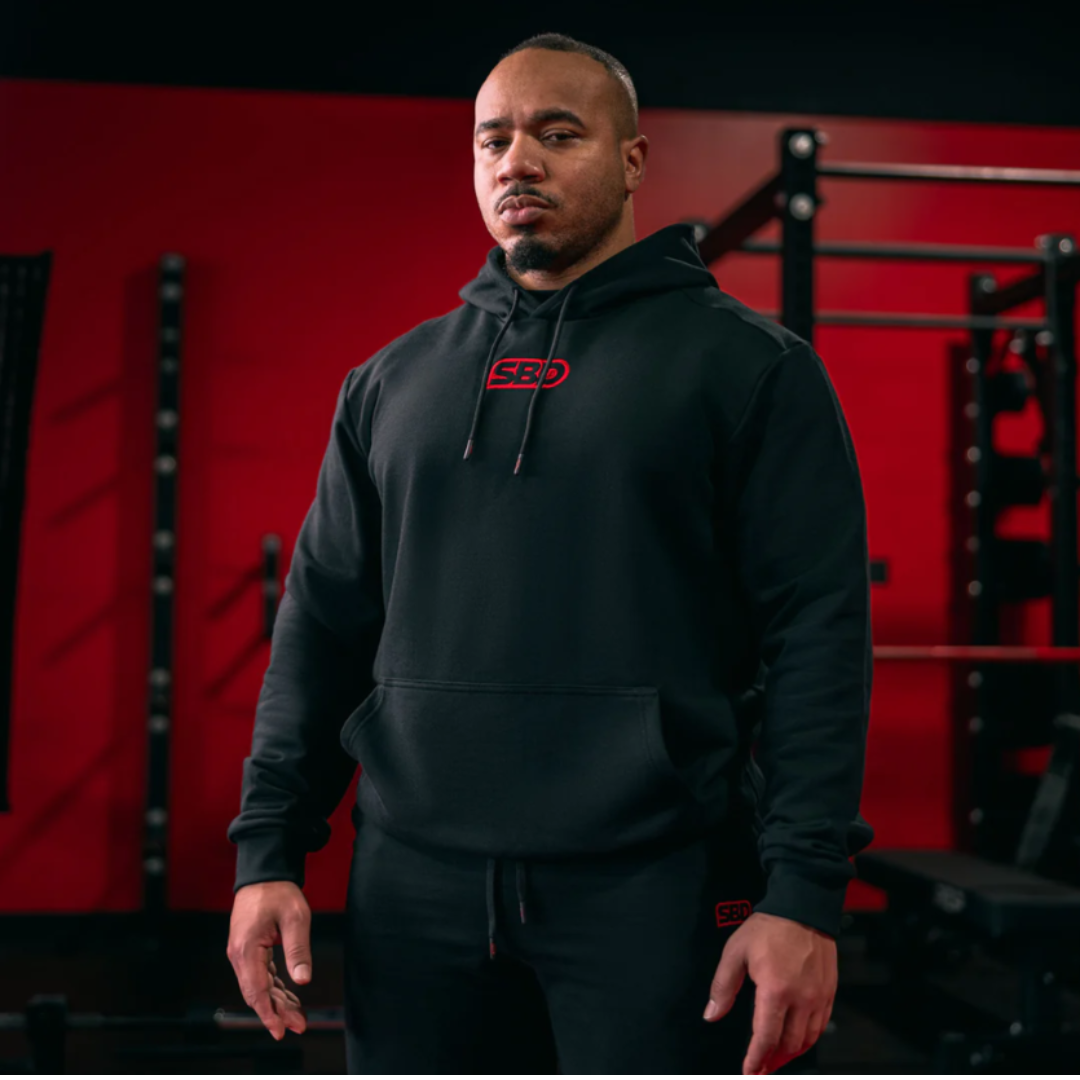The squat is one of the most fundamental and effective exercises in powerlifting. It builds strength, enhances muscle growth, and improves overall athletic performance. However, mastering the squat requires more than just picking up a barbell and bending your knees. One of the critical elements of a successful squat is your stance.
In this blog, we'll explore the importance of the powerlifting squat stance, provide key tips to help you perfect it, and discuss essential accessories and supports.
Why is Squat Stance Important?
Your squat stance affects your balance, stability, and the muscles you engage during the lift. A proper stance can help you lift more weight safely and efficiently, while an incorrect stance can lead to poor performance and potential injury. Here are some reasons why your stance is crucial:
-
Balance and Stability: A good squat stance provides a solid foundation, helping you maintain balance and stability throughout the lift. This reduces the risk of falling or losing control of the barbell.
-
Muscle Engagement: The width and position of your feet determine which muscles are activated during the squat. An optimal stance ensures that your quads, hamstrings, glutes, and core are all working together efficiently.
-
Joint Health: Proper foot placement can prevent unnecessary stress on your knees, hips, and lower back, reducing the risk of injury and promoting long-term joint health.
Finding Your Optimal Squat Stance
The ideal squat stance can vary from person to person based on factors like body mechanics, flexibility, and personal preference. However, there are general guidelines you can follow to find a stance that works best for you.
-
Foot Position: Start with your feet shoulder-width apart or slightly wider. Your toes should point slightly outward, usually at a 15-30 degree angle. This position allows your knees to track over your toes, promoting proper alignment and muscle engagement.
-
Bar Placement: There are two common bar positions in powerlifting: high-bar and low-bar. In the high-bar squat, the bar rests on your upper traps, while in the low-bar squat, the bar sits lower on your rear delts. Your stance may vary slightly depending on the bar placement, with a wider stance often used for low-bar squats.
-
Hip and Knee Alignment: As you descend into the squat, ensure that your knees track over your toes and do not collapse inward. Your hips should move back and down, keeping your chest up and your spine neutral.
Tips for Perfecting Your Squat Stance
-
Experiment with Width: Try squatting with different foot widths to find the most comfortable and powerful position for you. A slightly wider or narrower stance can make a significant difference in your performance and comfort.
-
Focus on Mobility: Good ankle, hip, and thoracic spine mobility are essential for a proper squat stance. Incorporate mobility exercises into your routine to improve your range of motion and reduce the risk of injury.
-
Use Heeled Shoes: Lifting shoes with a raised heel can help improve your squat stance by allowing for greater ankle mobility and a more upright torso. This can be particularly beneficial for those with limited ankle flexibility.
-
Engage Your Core: A strong core is crucial for maintaining stability and proper form during the squat. Brace your core by taking a deep breath and tightening your abdominal muscles before you begin each rep.
-
Get Professional Feedback: Working with a coach or experienced lifter can provide valuable feedback on your squat stance and technique. They can help identify any weaknesses or imbalances and offer personalised advice for improvement.
Recommended Accessories and Supports for Squatting
To maximise your performance and ensure safety, consider investing in the following powerlifting accessories and supports:
-
Lifting Belt: A lifting belt provides support to your lower back and core, helping you lift heavier weights safely by stabilising your spine during squats and deadlifts.
-
Knee Sleeves: Knee sleeves offer compression and warmth to your knees, reducing the risk of injury and providing additional support during heavy lifts.
-
Wrist Wraps: Wrist wraps help stabilise your wrists, particularly during bench presses and overhead lifts, reducing the risk of strain and injury.
-
Lifting Shoes: Proper lifting shoes have a hard, flat sole that provides better stability and support compared to regular trainers, improving your lifting technique and safety.
-
Chalk: Chalk helps to improve your grip by absorbing sweat, which is especially useful for deadlifts and other pulling movements.
-
Lifting Straps: Lifting straps can be used to enhance your grip on the bar during heavy deadlifts or rows, allowing you to lift more weight without your grip giving out.
-
Resistance Bands: Resistance bands are versatile tools that can be used for warm-ups, mobility exercises, and adding resistance to various lifts.
Common Squat Stance Mistakes to Avoid
-
Feet Too Close or Too Wide: A stance that is too narrow or too wide can compromise your balance and muscle engagement. Find a comfortable middle ground that allows for proper knee and hip movement.
-
Incorrect Toe Angle: Pointing your toes too far inward or outward can place unnecessary strain on your knees and hips. Aim for a natural, slightly outward angle that aligns with your knee movement.
-
Ignoring Mobility: Poor ankle or hip mobility can limit your squat depth and lead to compensatory movements that increase injury risk. Prioritise mobility work to enhance your overall squat performance.
-
Not Bracing Your Core: Failing to engage your core can result in a weak and unstable lift. Always brace your core before initiating the squat to maintain proper form and stability.
Conclusion
Mastering the powerlifting squat stance is a crucial component of achieving success in the squat. By finding your optimal foot position, focusing on mobility, and avoiding common mistakes, you can enhance your performance and reduce the risk of injury. Remember, the key to a great squat is consistency and attention to detail. Take the time to perfect your stance, and you'll see significant improvements in your strength and overall lifting capabilities.
Frequently Asked Questions (FAQs)
-
What is the best stance width for squats? The best stance width varies from person to person. Generally, a shoulder-width stance or slightly wider is recommended. Experiment with different widths to find what feels most comfortable and powerful for you.
-
Should I squat with my toes pointing straight ahead or outward? Pointing your toes slightly outward, usually at a 15-30 degree angle, is recommended. This helps your knees track over your toes and promotes proper alignment.
-
Do I need special shoes for squatting? While not mandatory, lifting shoes with a raised heel can improve your squat form by allowing for better ankle mobility and a more upright torso. They provide better stability and support compared to regular trainers.
-
How can I improve my squat depth? Improving mobility, particularly in the ankles, hips, and thoracic spine, can help increase your squat depth. Regularly performing mobility exercises and stretches can enhance your range of motion.
-
Is a lifting belt necessary for squatting? A lifting belt is not necessary but can be beneficial, especially when lifting heavy weights. It provides additional support to your lower back and core, helping you lift safely and with better form.




